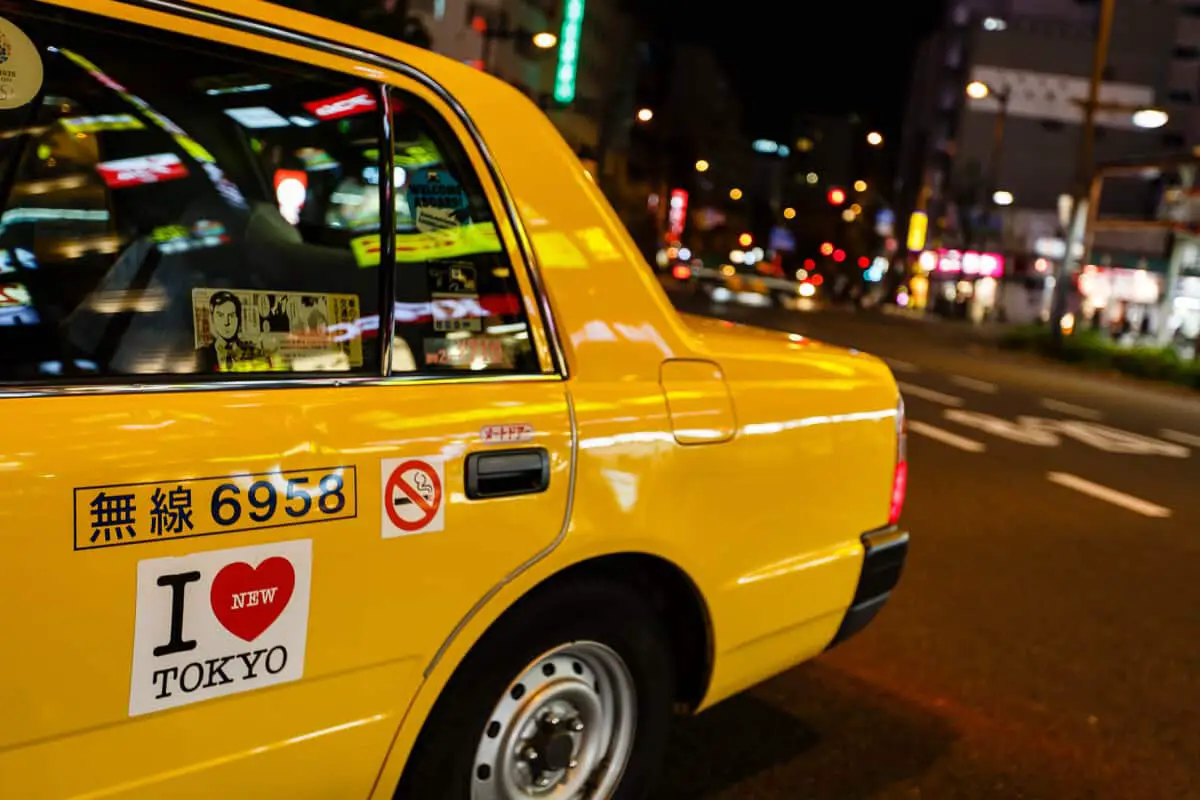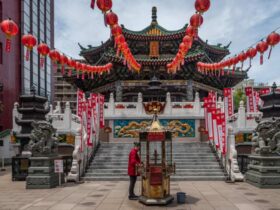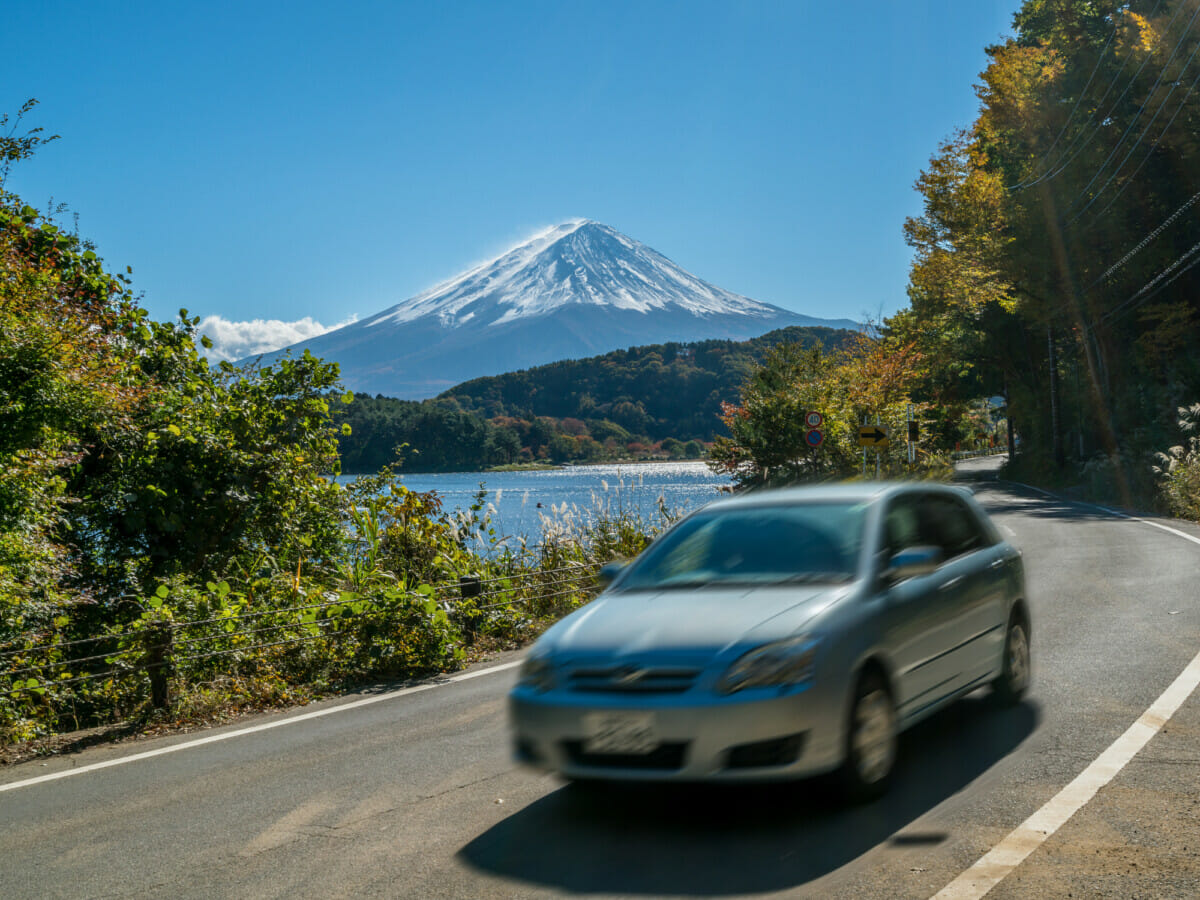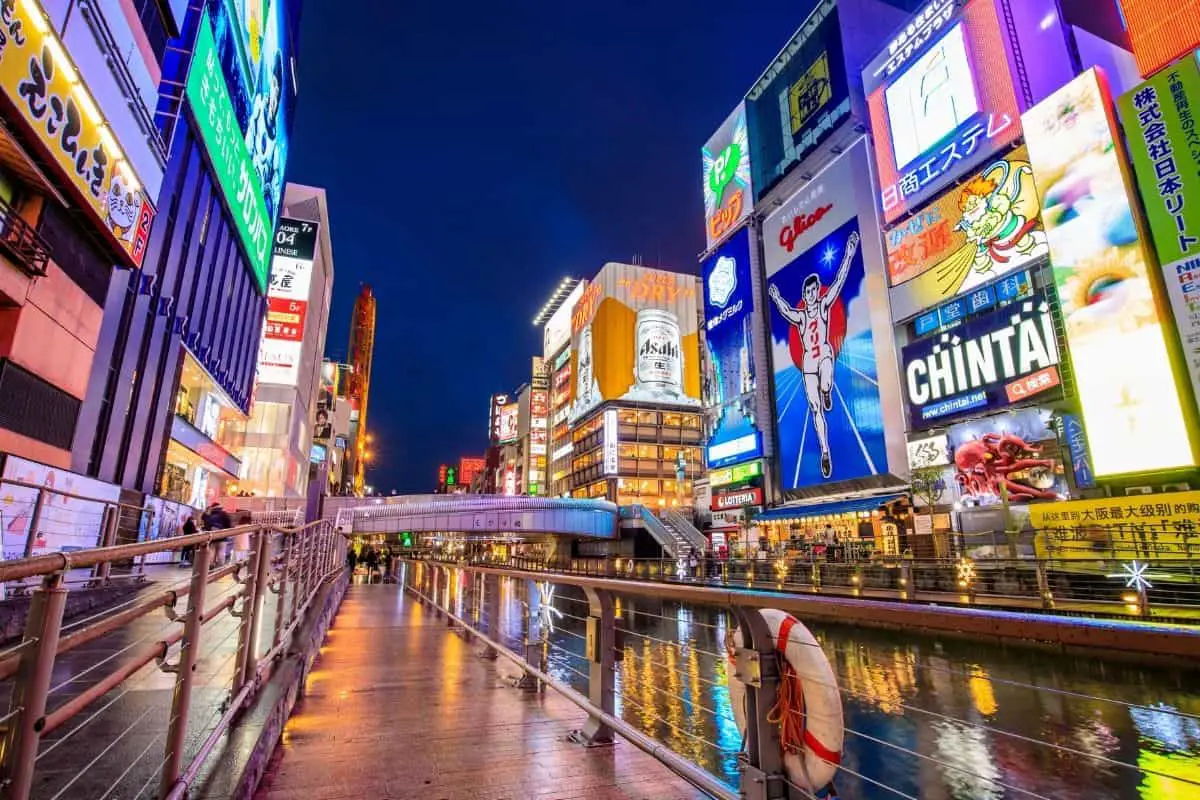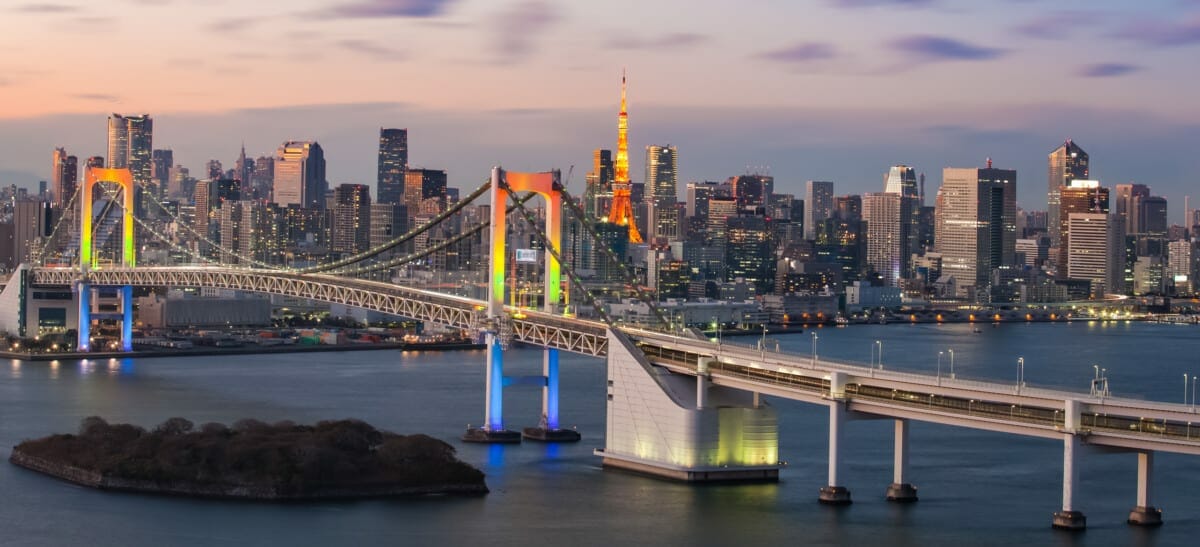Best Times to Visit
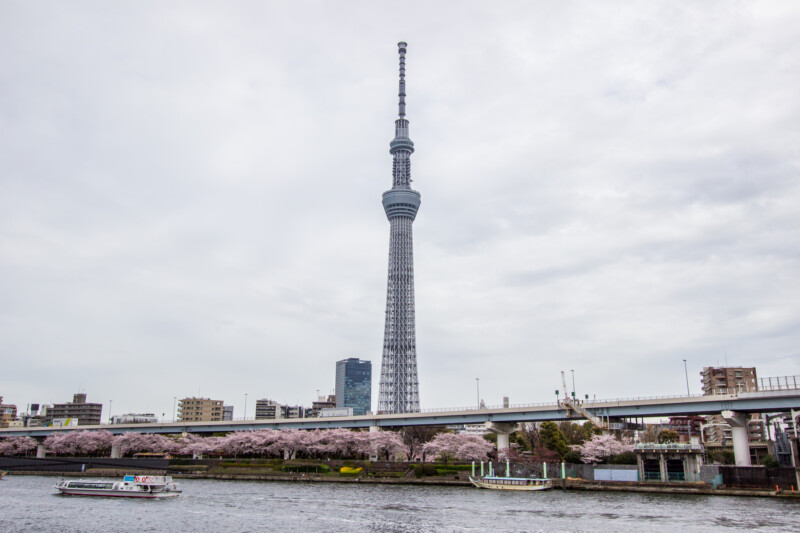
1. Spring (March to May)
- Pros:
- Cherry Blossoms: Iconic cherry blossoms bloom, particularly from late March to early April.
- Pleasant Weather: Comfortable temperatures and less rainfall.
- Cultural Festivals: Various cultural events and festivals celebrating spring.
- Cons:
- Crowded: Peak tourist season means popular sites are crowded.
- Higher Prices: Accommodation and travel costs may be higher.
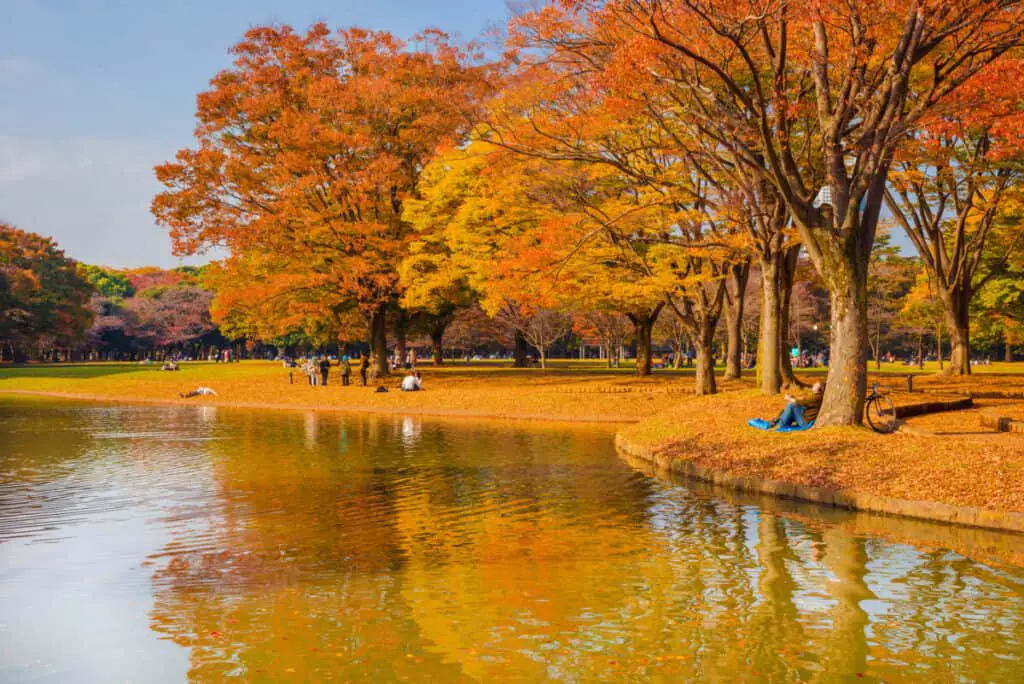
2. Autumn (September to November)
- Pros:
- Autumn Foliage: Beautiful autumn leaves and colors, especially in November.
- Pleasant Weather: Mild temperatures without extreme heat or cold.
- Food Festivals: Seasonal food events featuring autumn harvests.
- Cons:
- Typhoon Season: September can be part of typhoon season, leading to unpredictable weather.
- Crowded Weekends: Popular viewing spots for foliage can be crowded.
Worst Times to Visit
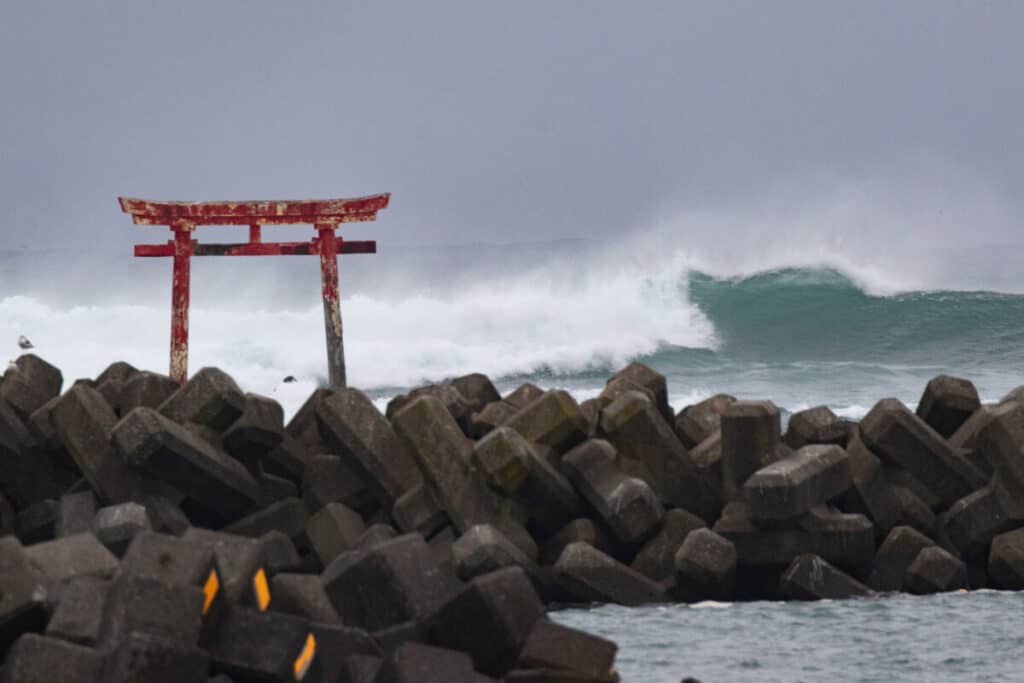
1. Summer (June to August)
- Pros:
- Festivals: Summer festivals, fireworks, and cultural events.
- Outdoor Activities: Opportunities for outdoor activities and beach trips near Tokyo.
- Cons:
- Heat and Humidity: Intense heat
Historical Sites
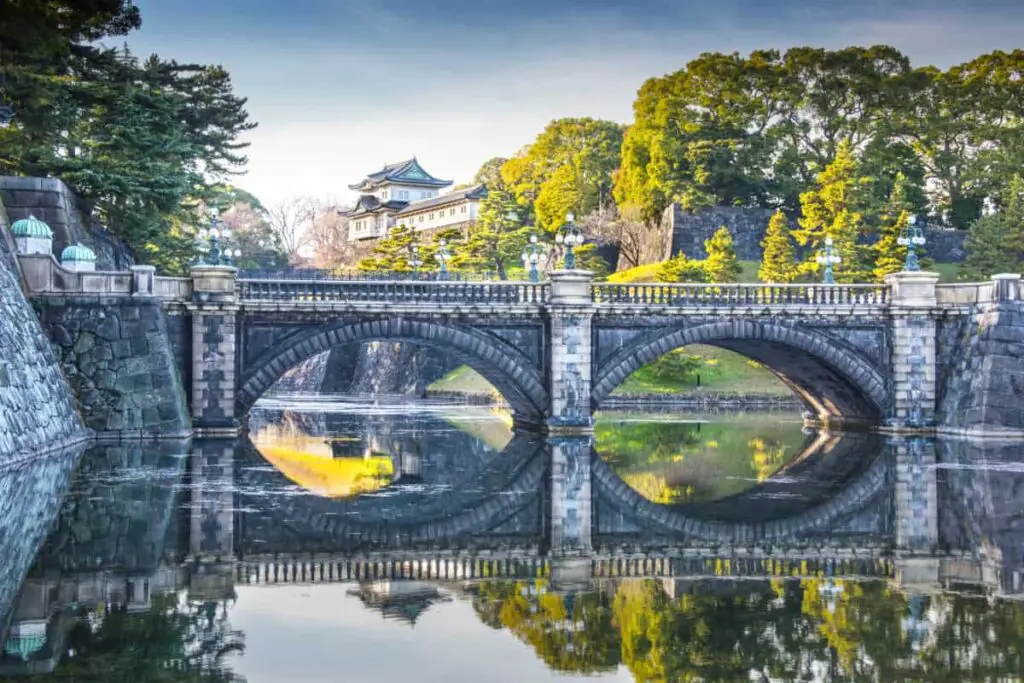
1. Imperial Palace
- Best Time: Spring and Autumn
- Pros: Beautiful cherry blossoms in spring and colorful foliage in autumn; comfortable weather.
- Cons: Crowds can be intense, especially during peak bloom.
- Worst Time: Winter
- Pros: Fewer crowds.
- Cons: Gardens may be less vibrant; cold weather.
2. Senso-ji Temple
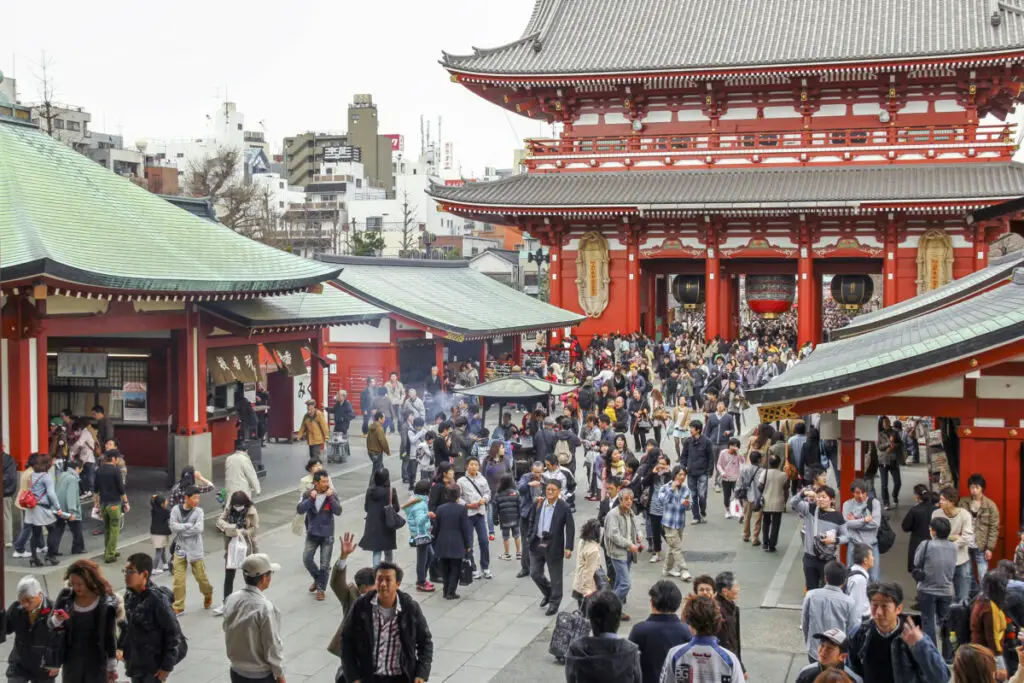
- Best Time: Spring and Autumn
- Pros: Pleasant weather; beautiful surroundings.
- Cons: Can be crowded, especially during festivals.
- Worst Time: Summer
- Pros: Festivals and events.
- Cons: Hot and humid; heavy crowds.
3. Meiji Shrine
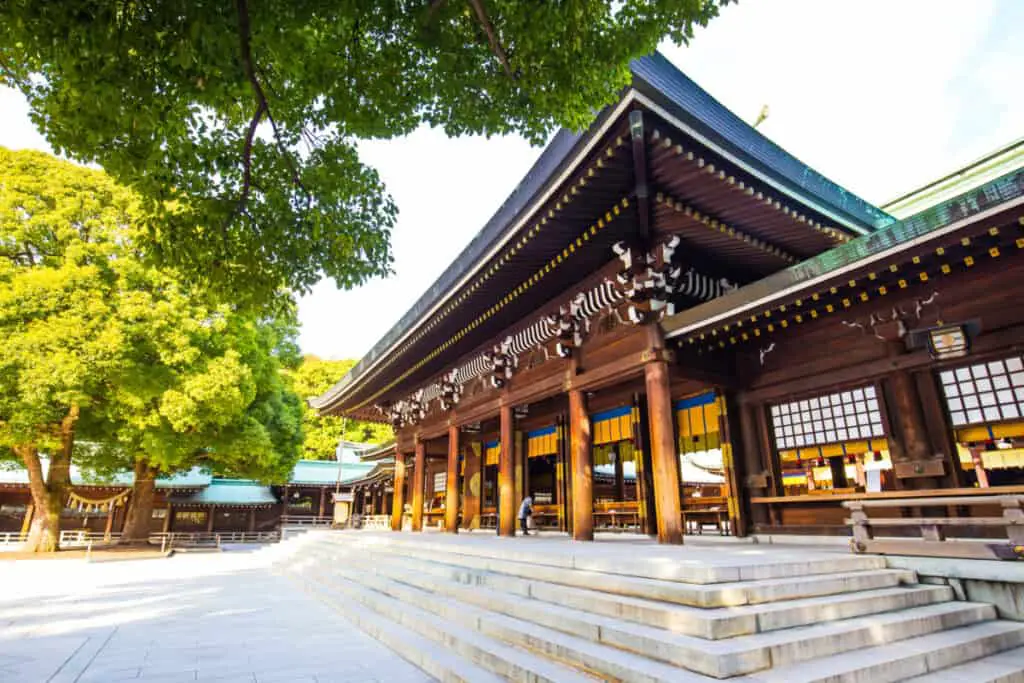
- Best Time: New Year’s Day (for Hatsumode) and Spring
- Pros: Cultural experience on New Year’s Day; beautiful spring scenery.
- Cons: Extremely crowded on New Year’s; popular in cherry blossom season.
- Worst Time: Summer
- Pros: Lush greenery.
- Cons: Hot and humid.
4. Edo-Tokyo Museum
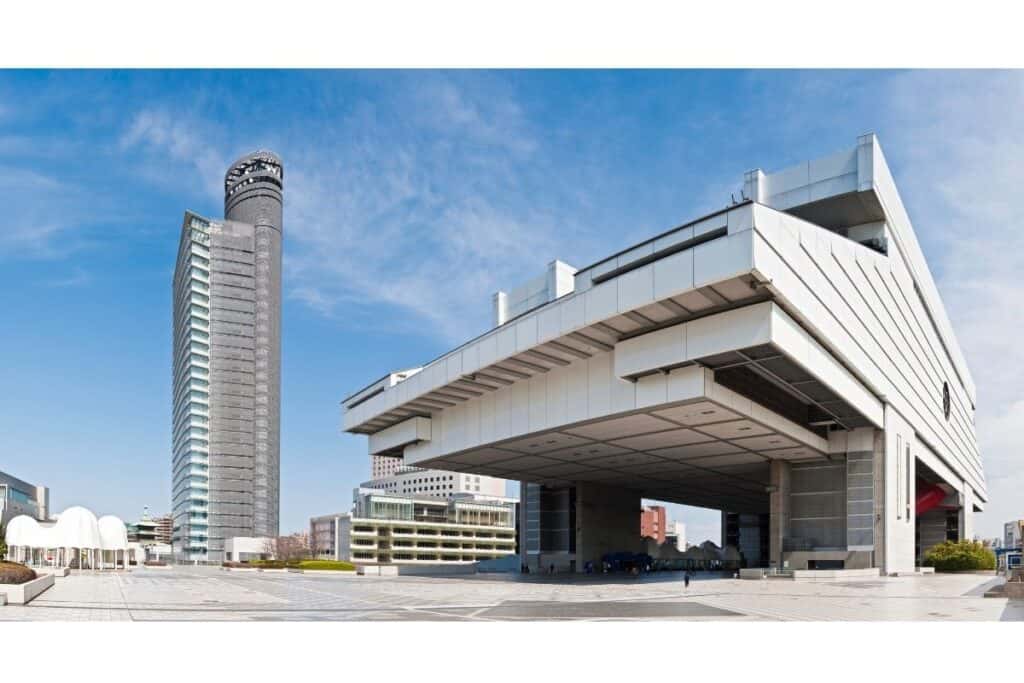
- Best Time: Anytime
- Pros: Indoors, so weather doesn’t affect the experience; informative about Tokyo’s history.
- Cons: Can be busy during peak tourist seasons.
- Worst Time: None
5. Yasukuni Shrine
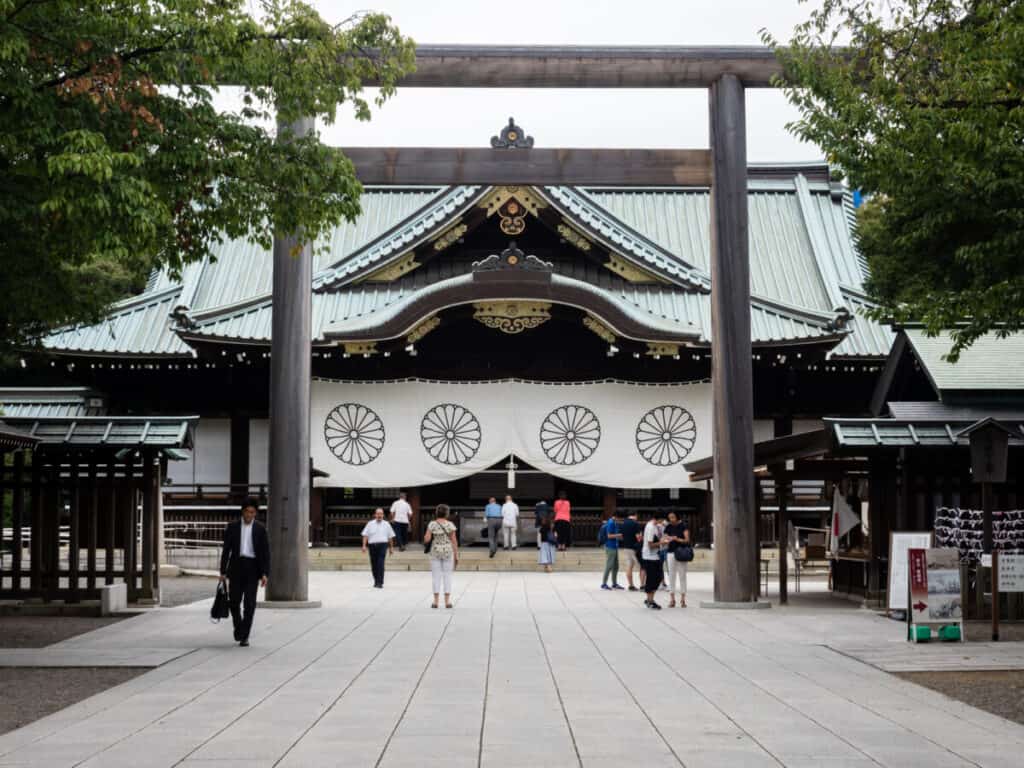
- Best Time: Cherry Blossom Season
- Pros: One of the best cherry blossom spots in Tokyo.
- Cons: Can be crowded.
- Worst Time: Summer
- Pros: Regular accessibility.
- Cons: Hot and humid.
6. Tokyo National Museum
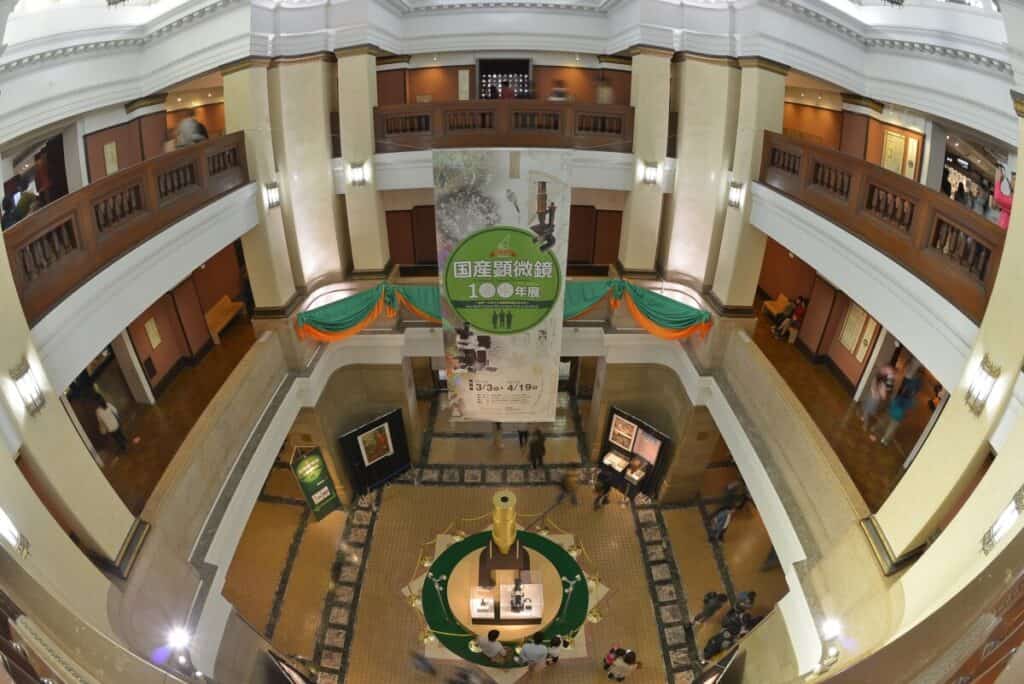
- Best Time: Anytime
- Pros: Indoor attraction; various exhibitions year-round.
- Cons: Possible crowds during peak tourist seasons.
- Worst Time: None
7. Hie Shrine
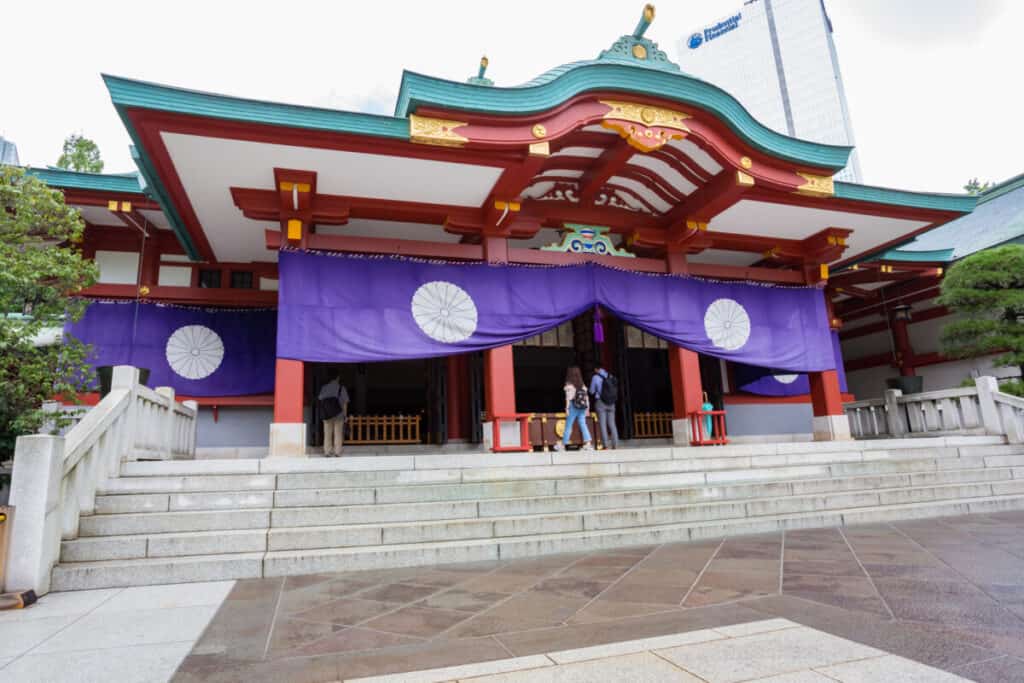
- Best Time: Spring and June (for Sanno Matsuri)
- Pros: Beautiful in spring; Sanno Matsuri festival in June.
- Cons: Crowds during the festival.
- Worst Time: Summer
- Pros: Regular accessibility.
- Cons: Hot and humid.
8. Zojo-ji Temple
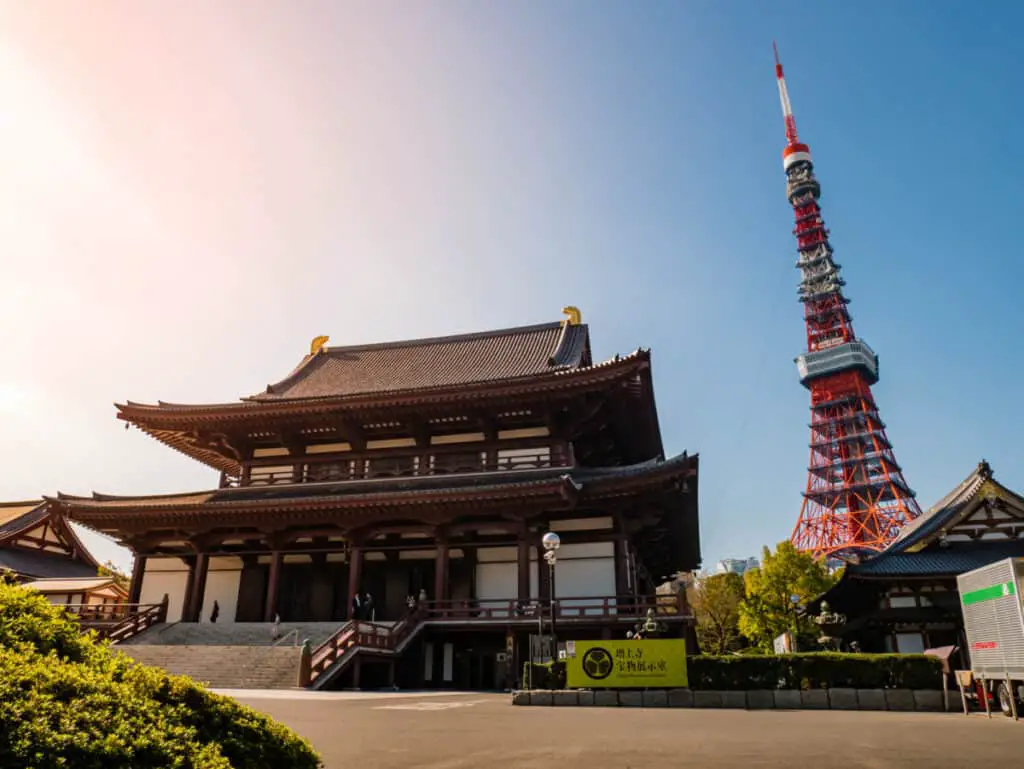
- Best Time: New Year’s Eve and Spring
- Pros: New Year’s Eve bell-ringing ceremony; lovely cherry blossoms.
- Cons: Crowds during events and cherry blossom season.
- Worst Time: Summer
- Pros: Regular accessibility.
- Cons: Hot and humid.
9. Asakusa Shrine
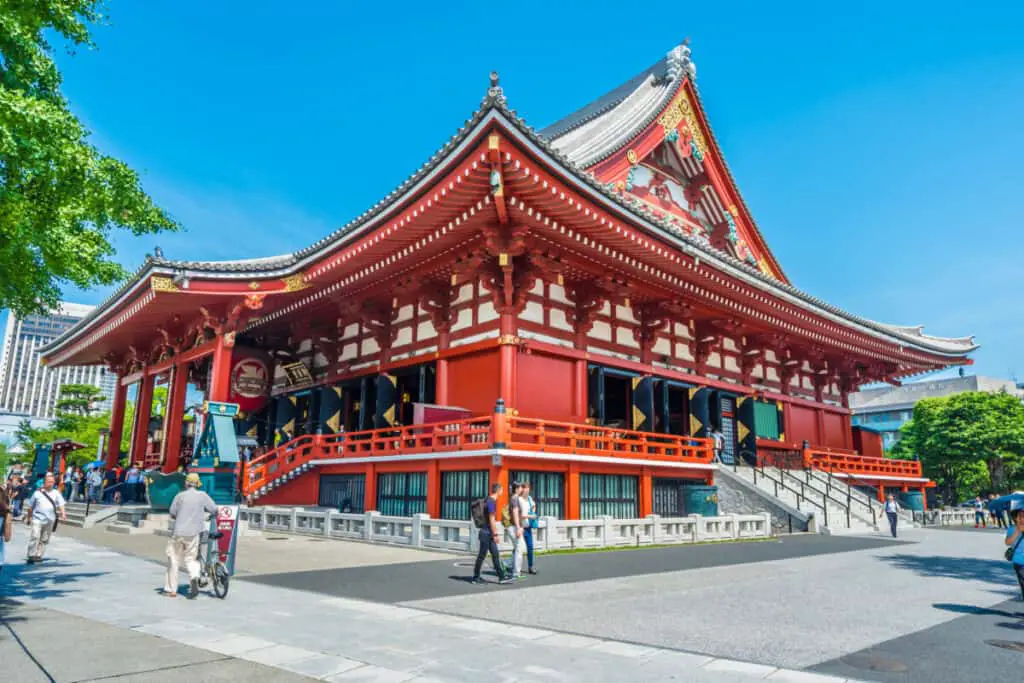
- Best Time: Spring and Sanja Matsuri in May
- Pros: Beautiful in spring; Sanja Matsuri, one of Tokyo’s most famous festivals.
- Cons: Heavy crowds, especially during the festival.
- Worst Time: Summer
- Pros: Regular accessibility.
- Cons: Hot and humid.
The general pattern for these historical sites is that spring and autumn offer the most scenic experiences, but often with larger crowds and possibly higher costs. Summer may be less comfortable due to the heat and humidity, while winter offers a quieter experience but potentially less appealing weather. Indoor attractions like museums are less affected by seasonal changes.
Modern Attractions
1. Tokyo Tower
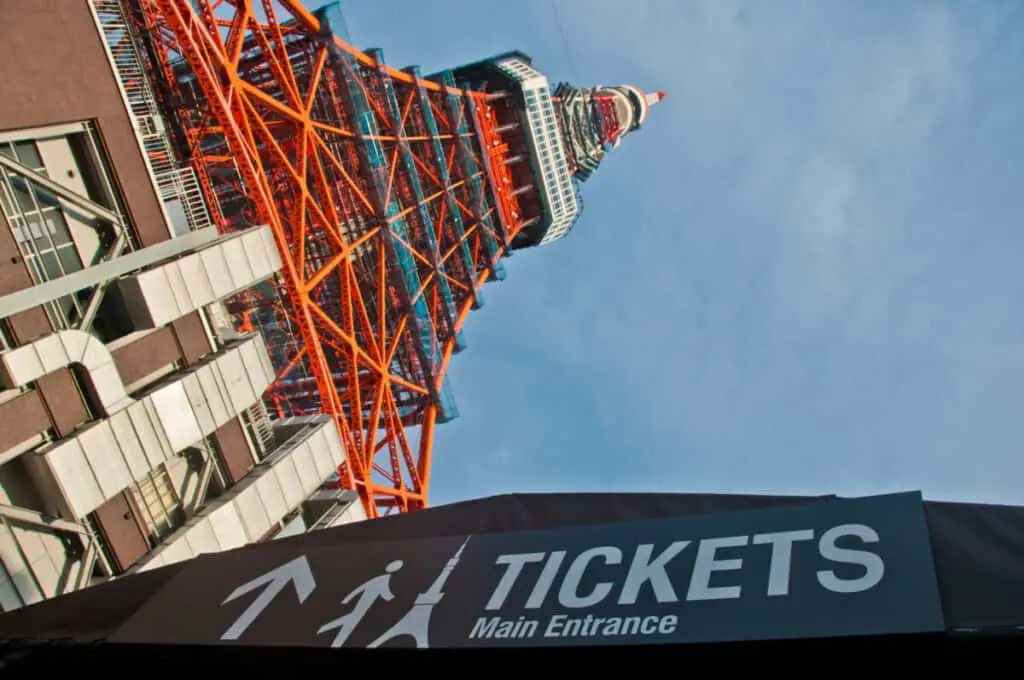
- Best Time: Anytime
- Pros: Spectacular views; night views are especially popular.
- Cons: Crowds during peak tourist seasons and weekends.
- Worst Time: None specifically
2. Tokyo Skytree
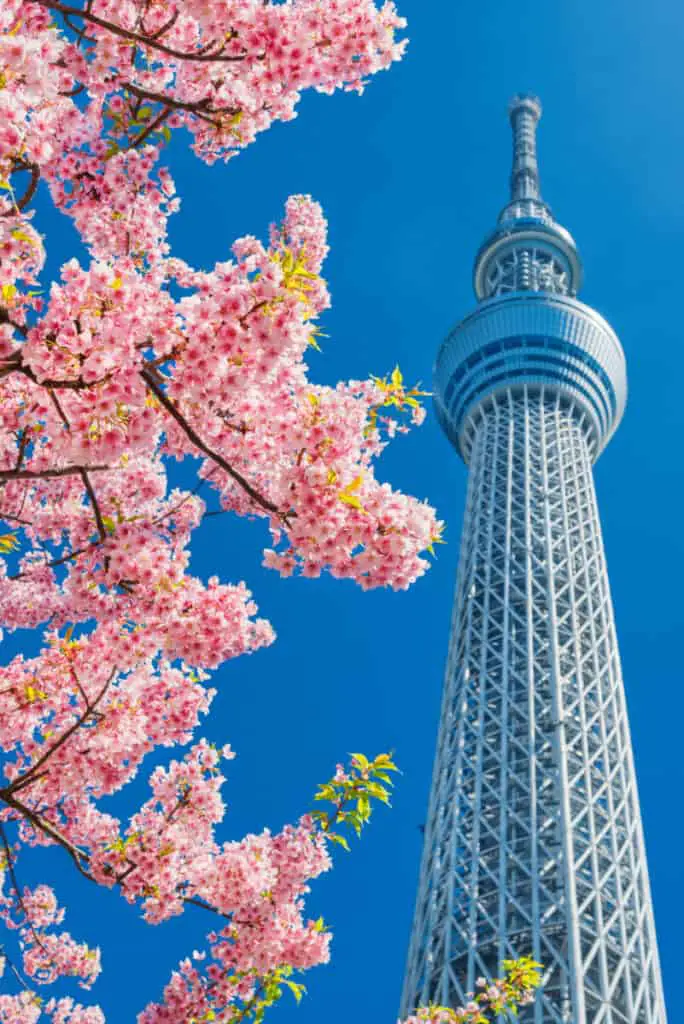
- Best Time: Clear Days, Any Season
- Pros: Stunning views of Mt. Fuji on clear days; various seasonal events.
- Cons: Long lines during peak times; views can be obscured on cloudy days.
- Worst Time: Rainy or Extremely Cloudy Days
- Pros: Shorter wait times.
- Cons: Limited visibility.
3. Odaiba
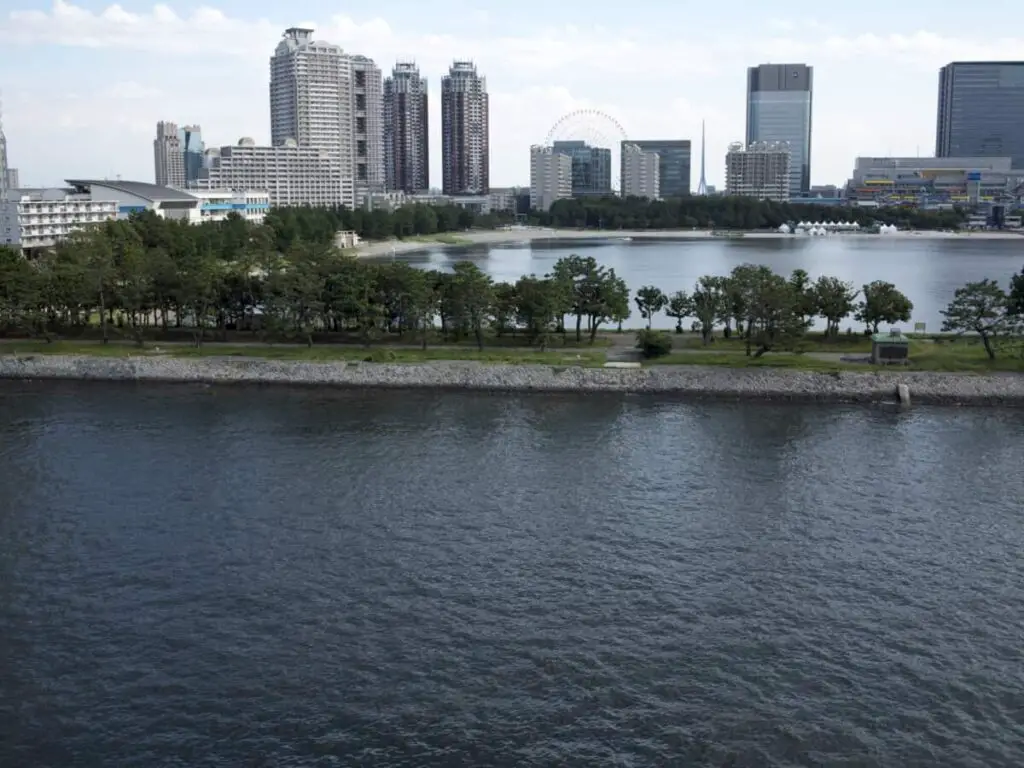
- Best Time: Spring and Autumn
- Pros: Outdoor activities and attractions; pleasant weather.
- Cons: Can be crowded, especially during events and festivals.
- Worst Time: Summer
- Pros: Beaches and water activities.
- Cons: Hot and humid weather.
4. Roppongi Hills
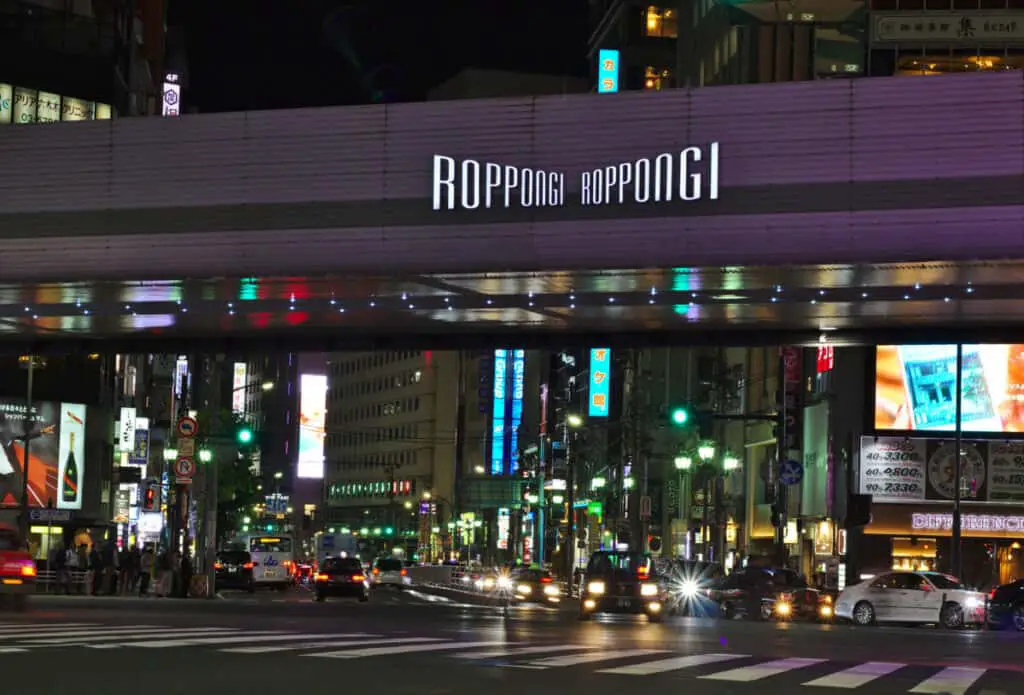
- Best Time: Anytime
- Pros: Shopping, dining, and cultural experiences year-round; beautiful night views.
- Cons: Can be crowded during peak seasons.
- Worst Time: None specifically
5. Mori Art Museum
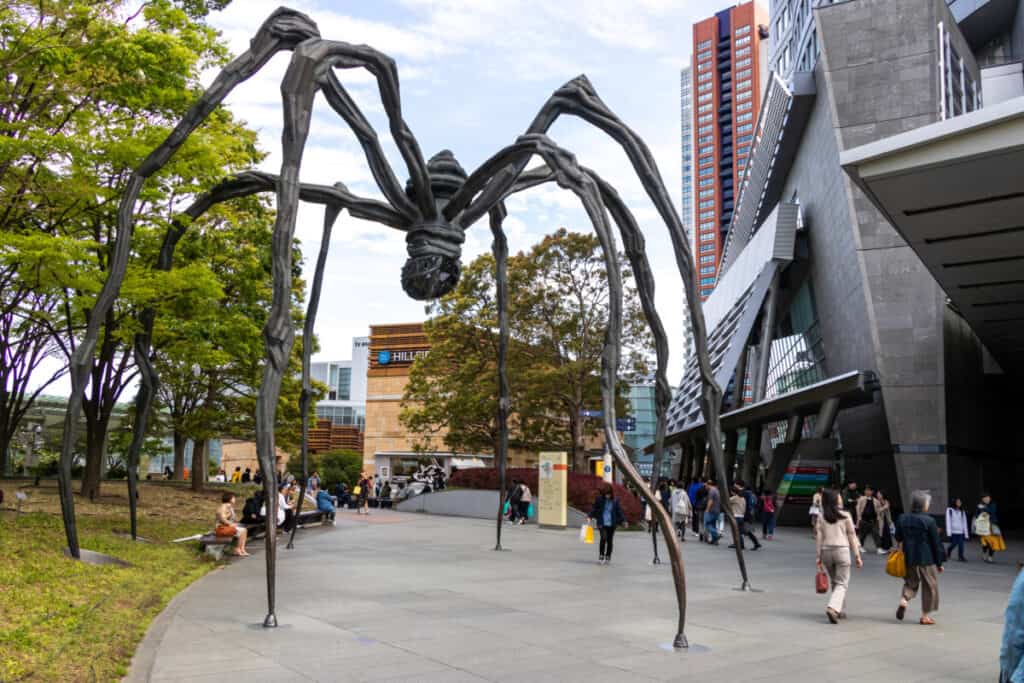
- Best Time: Anytime
- Pros: Indoor attraction with rotating exhibits; accessible year-round.
- Cons: Potential crowds during popular exhibitions.
- Worst Time: None specifically
6. Sumida Aquarium
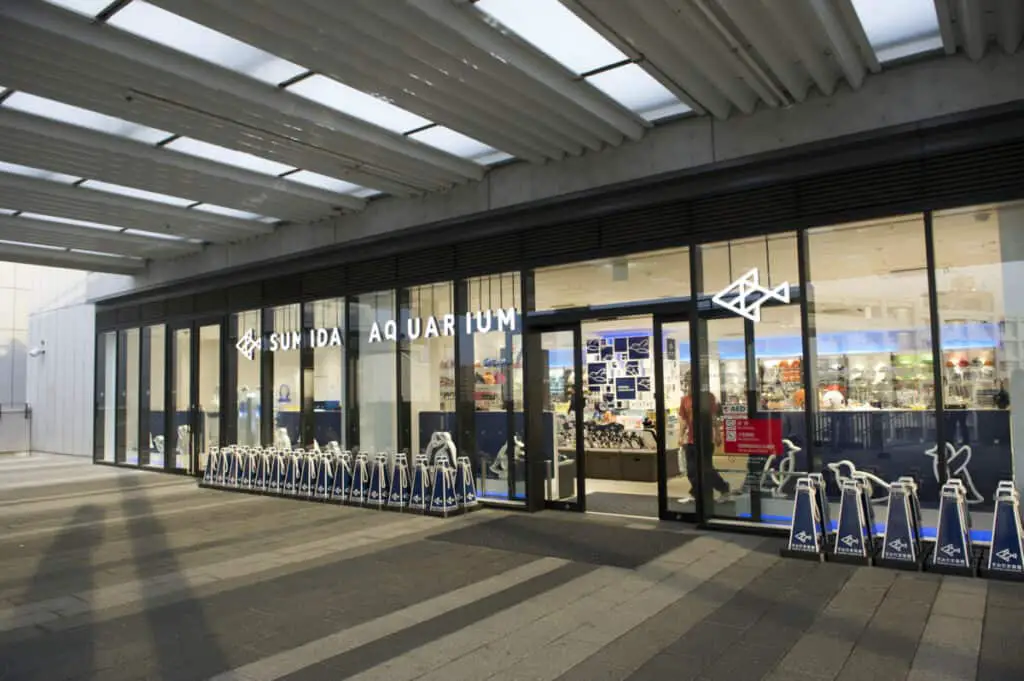
- Best Time: Anytime
- Pros: Indoor attraction; suitable for all weather conditions.
- Cons: Possible crowds during weekends and school holidays.
- Worst Time: None specifically
7. TeamLab Borderless
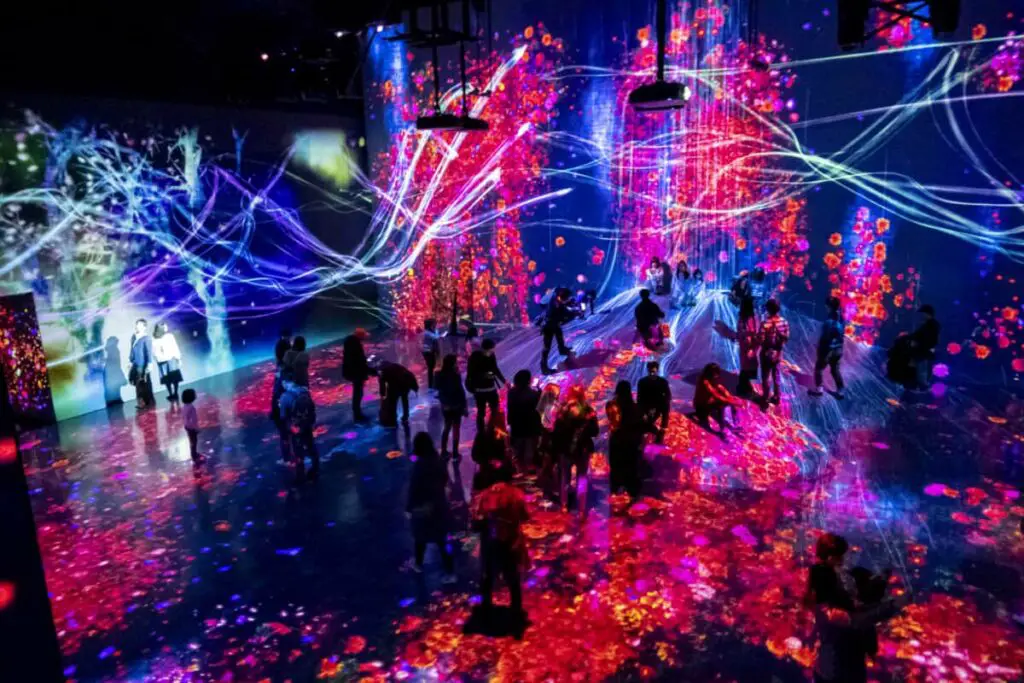
- Best Time: Weekdays, Off-Peak Seasons
- Pros: Immersive digital art experiences; less crowded on weekdays.
- Cons: Long waits during peak times; tickets may sell out.
- Worst Time: Weekends and Peak Seasons
- Pros: Availability of all exhibitions.
- Cons: Overcrowding; longer waits.
8. Akihabara Electric Town
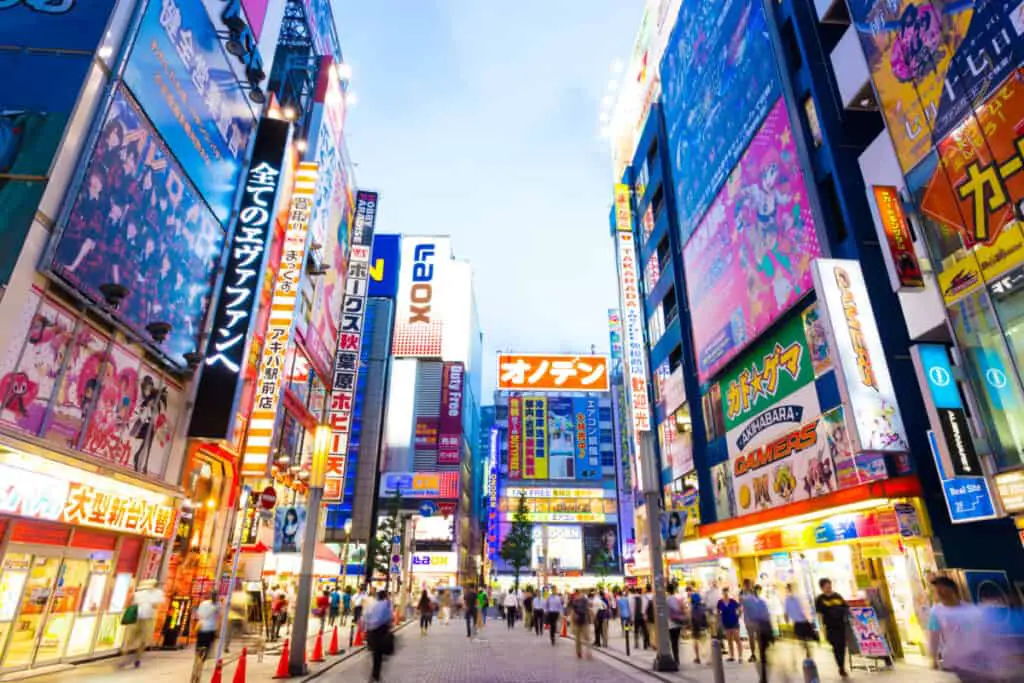
- Best Time: Anytime
- Pros: Hub for electronics and otaku culture; events and festivals year-round.
- Cons: Can be crowded, especially on weekends.
- Worst Time: None specifically
9. Ginza Shopping District
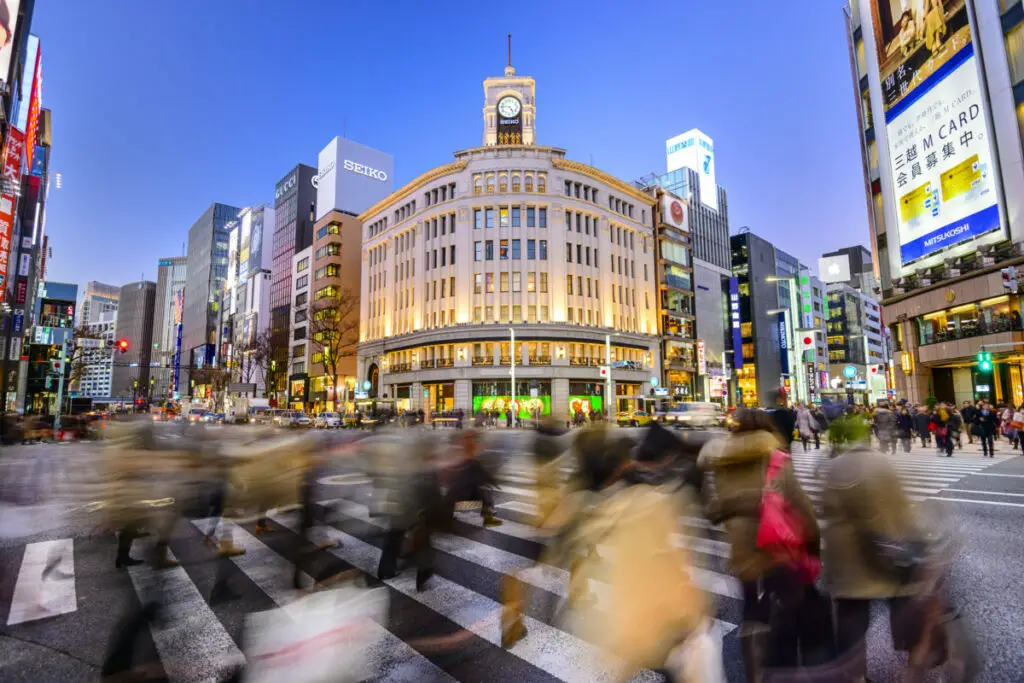
- Best Time: Anytime
- Pros: High-end shopping and dining; seasonal sales and displays.
- Cons: Crowded during peak shopping seasons; higher prices.
- Worst Time: None specifically
10. Shibuya Crossing
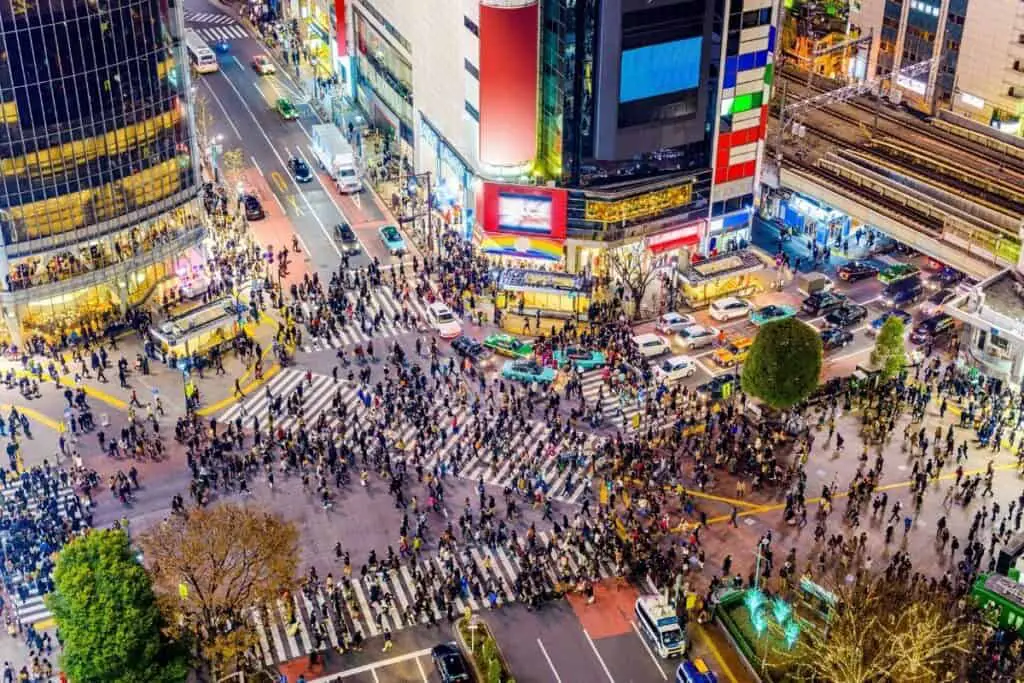
- Best Time: Anytime
- Pros: Iconic intersection; lively atmosphere year-round.
- Cons: Crowds, especially during peak hours.
- Worst Time: None specifically
In general, modern attractions in Tokyo are accessible and enjoyable year-round. Seasonal considerations such as weather may affect outdoor venues like Odaiba, while indoor attractions like museums and shopping districts are relatively unaffected by the season. It’s advisable to plan visits to highly popular attractions like TeamLab Borderless during weekdays or off-peak times to avoid overcrowding.
Parks and Gardens
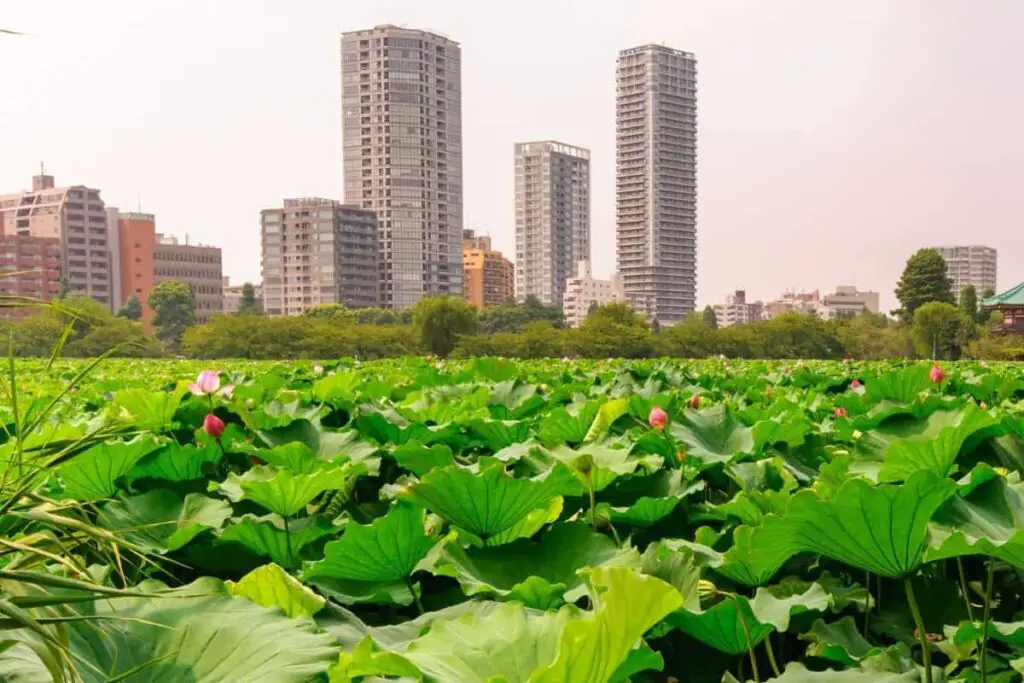
1. Ueno Park
- Best Time: Spring (Cherry Blossom Season)
- Pros: Stunning cherry blossoms; various festivals and events.
- Cons: Highly crowded, especially during peak bloom.
- Worst Time: Rainy Season (June and July)
- Pros: Quieter atmosphere.
- Cons: Wet weather can hinder outdoor enjoyment.
2. Shinjuku Gyoen
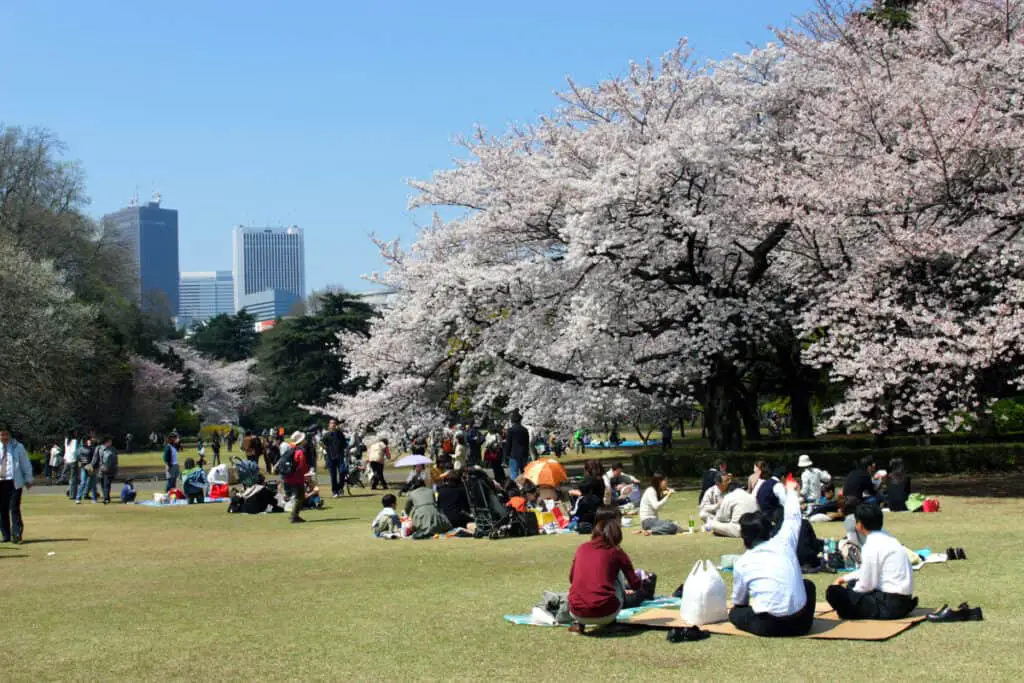
- Best Time: Spring and Autumn
- Pros: Beautiful cherry blossoms in spring; colorful foliage in autumn.
- Cons: Admission fee; can be crowded during peak seasons.
- Worst Time: Winter
- Pros: Fewer visitors.
- Cons: Less vibrant scenery.
3. Hamarikyu Gardens
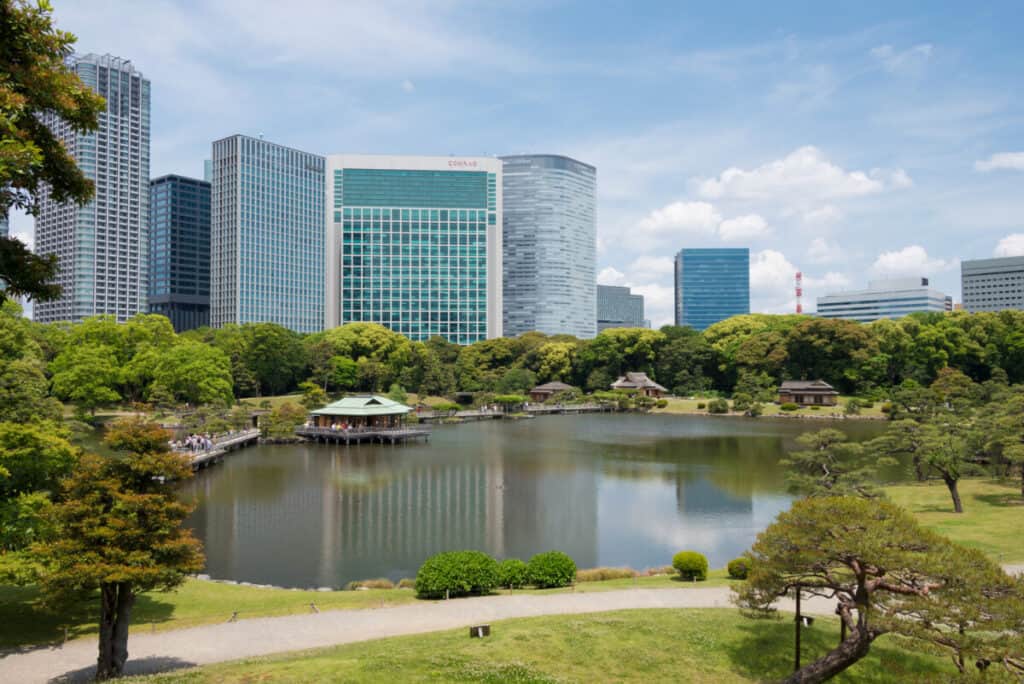
- Best Time: Spring and Autumn
- Pros: Picturesque gardens; pleasant temperatures.
- Cons: Can be busy during cherry blossom season and autumn foliage.
- Worst Time: Summer
- Pros: Lush greenery.
- Cons: Hot and humid weather.
4. Yoyogi Park
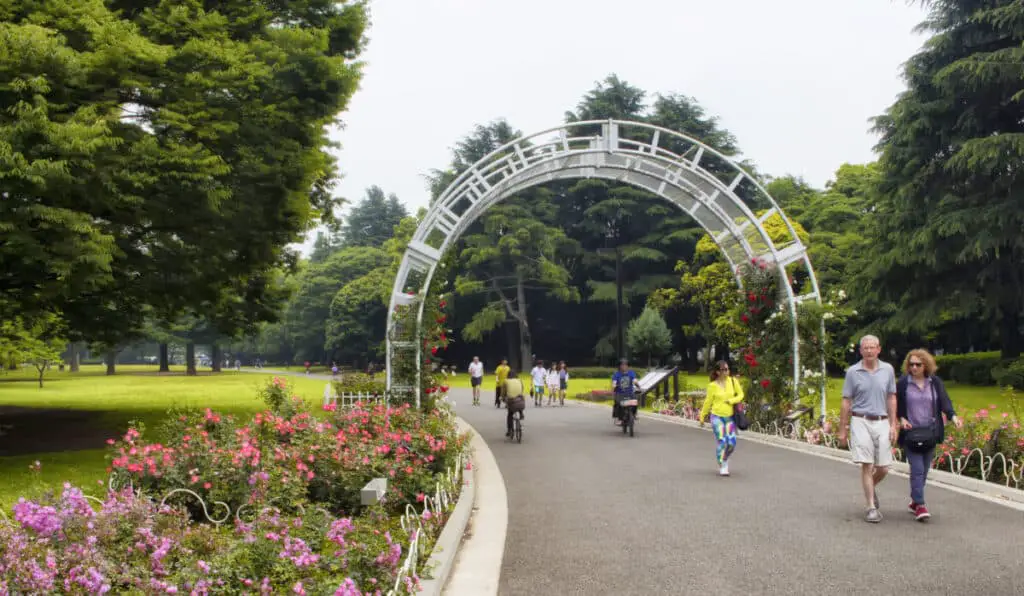
- Best Time: Spring and Autumn
- Pros: Ideal for picnics and outdoor activities; lively atmosphere.
- Cons: Crowded during weekends and special events.
- Worst Time: Rainy Season (June and July)
- Pros: Less crowded.
- Cons: Wet weather.
5. Inokashira Park
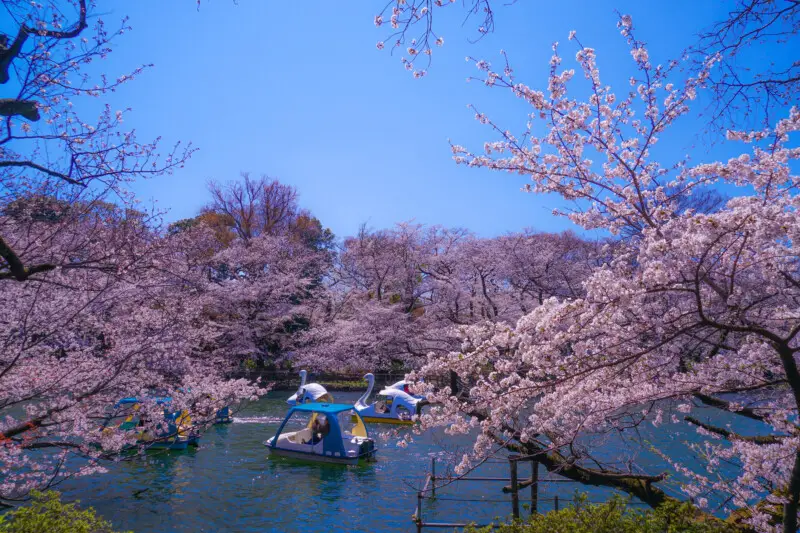
- Best Time: Spring (Cherry Blossom Season) and Autumn
- Pros: Gorgeous cherry blossoms; autumn colors; boating activities.
- Cons: Highly popular, especially during peak seasons.
- Worst Time: Winter
- Pros: Serene atmosphere.
- Cons: Less appealing scenery.
6. Rikugien Garden
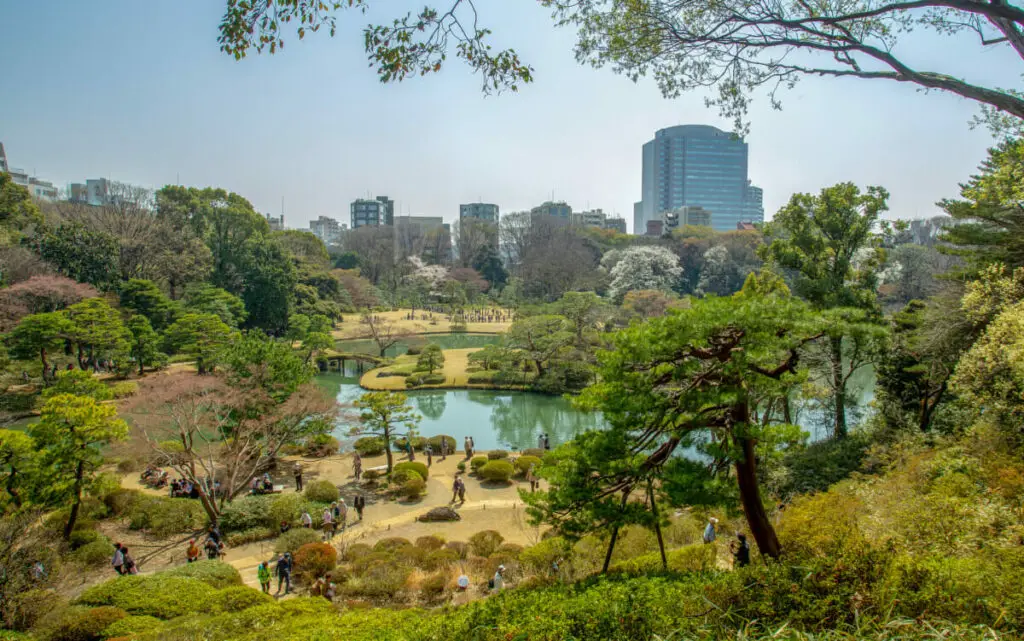
- Best Time: Spring and Autumn
- Pros: Famous for cherry blossoms and autumn colors; traditional Japanese garden.
- Cons: Admission fee; can be crowded during peak seasons.
- Worst Time: Summer
- Pros: Green scenery; tea house experience.
- Cons: Hot and humid weather.
7. Imperial East Gardens
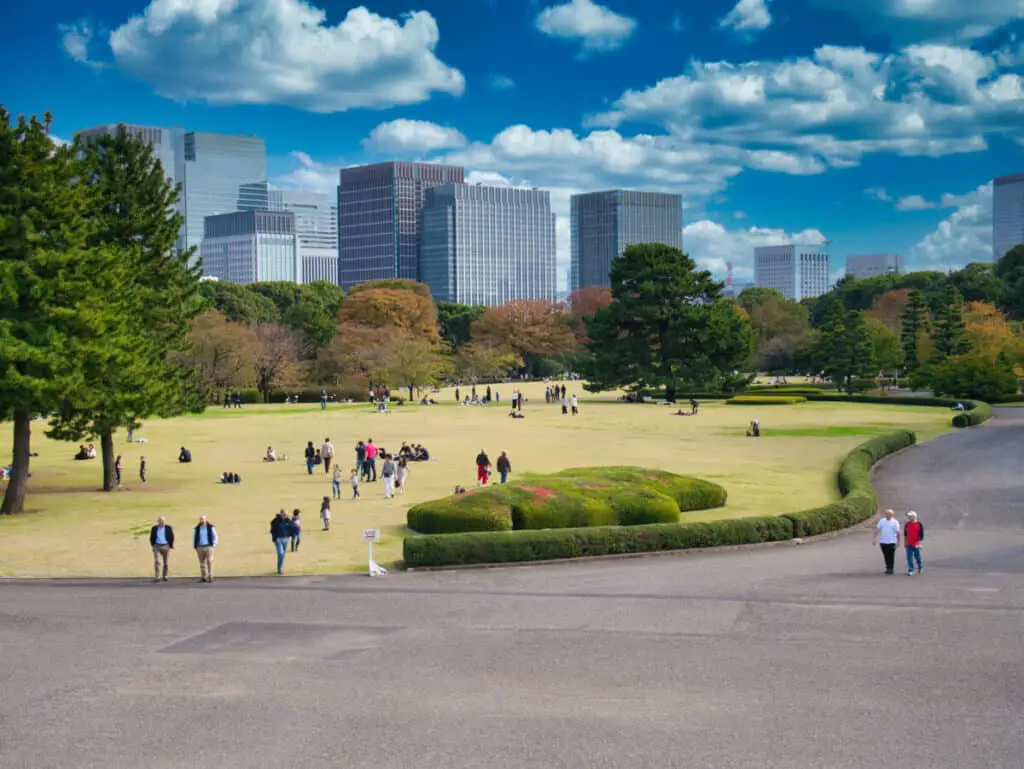
- Best Time: Spring and Autumn
- Pros: Historical significance; beautiful gardens in bloom.
- Cons: Crowds during cherry blossom and autumn foliage seasons.
- Worst Time: Winter
- Pros: Less crowded; peaceful atmosphere.
- Cons: Gardens may appear less vibrant.
In general, parks and gardens in Tokyo offer stunning visual experiences during spring and autumn, coinciding with cherry blossoms and autumn foliage. These seasons, however, attract large crowds and may require early planning. Summer can be hot and humid, while winter provides a quieter experience but with less colorful scenery. The rainy season may dampen outdoor activities but also offers a unique experience with fewer crowds.
Cultural Experiences
1. Kabuki-za Theatre
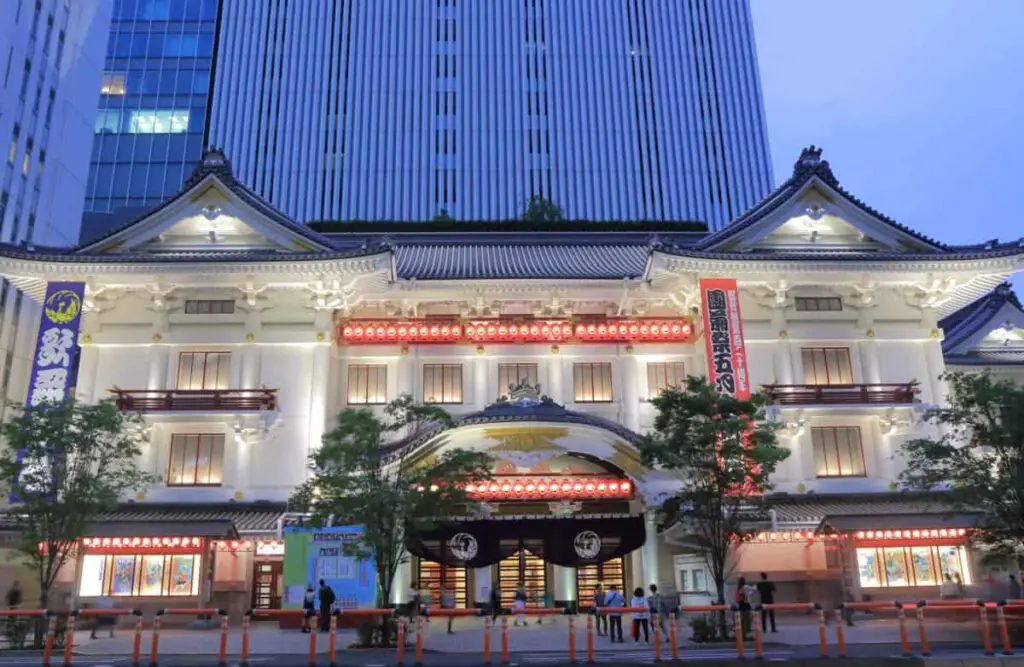
- Best Time: Anytime
- Pros: Regular performances of traditional Kabuki; accessible year-round.
- Cons: Tickets can be expensive; may sell out for popular shows.
- Worst Time: None specifically
2. Oedo Onsen Monogatari
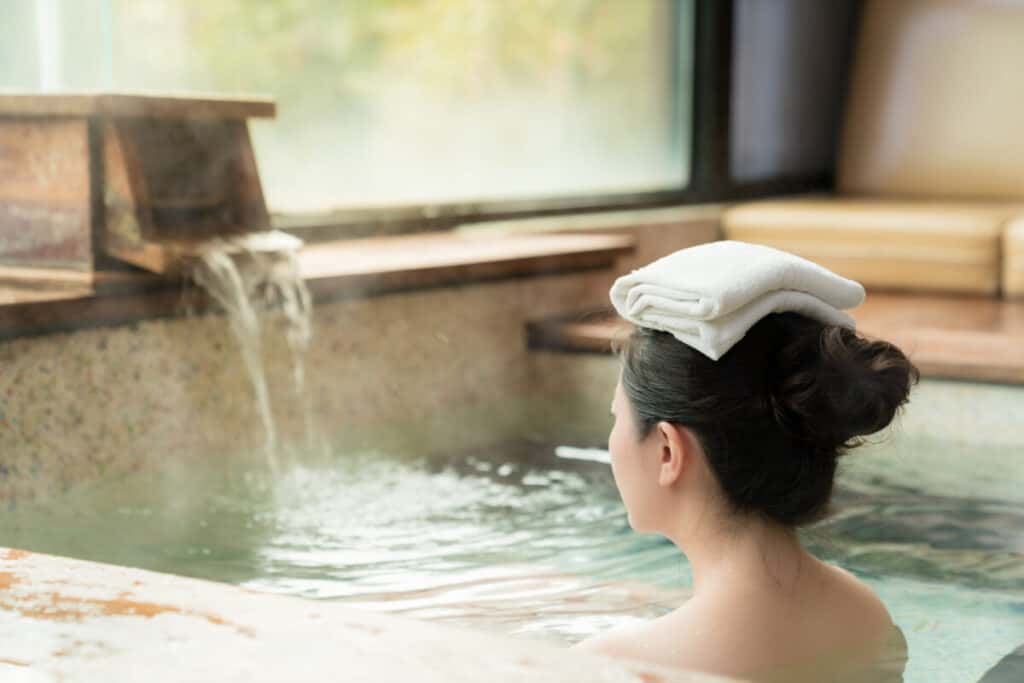
- Best Time: Winter
- Pros: Warm, soothing hot springs experience; themed onsen.
- Cons: Can be crowded on weekends.
- Worst Time: Summer
- Pros: Relaxing outdoor baths and gardens.
- Cons: Hot weather may make hot springs less appealing.
3. Sumo Stadium Ryogoku Kokugikan
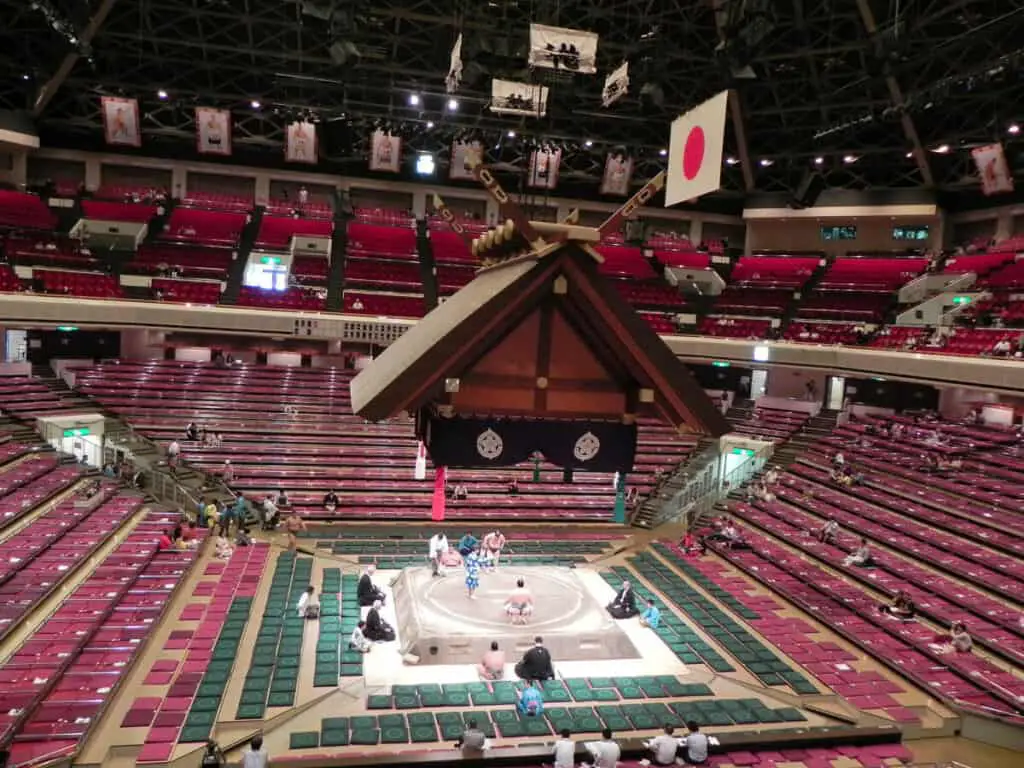
- Best Time: During Tournaments (January, May, September)
- Pros: Live sumo matches; unique cultural experience.
- Cons: Tickets can be hard to find; must align with tournament schedule.
- Worst Time: Off-Season
- Pros: Museum access.
- Cons: No live matches.
4. Tsukiji Outer Market
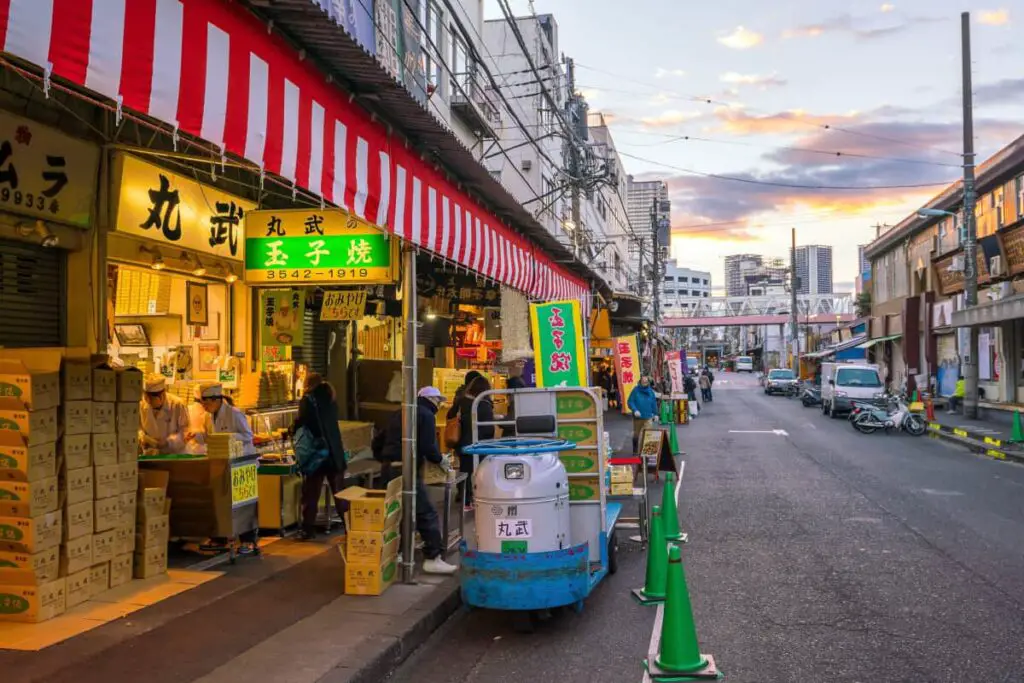
- Best Time: Morning, Year-Round
- Pros: Fresh seafood and sushi; lively market atmosphere.
- Cons: Crowded; some stalls close early.
- Worst Time: Late Afternoon
- Pros: Less crowded.
- Cons: Limited selection; some shops may be closed.
5. Nakamise Shopping Street
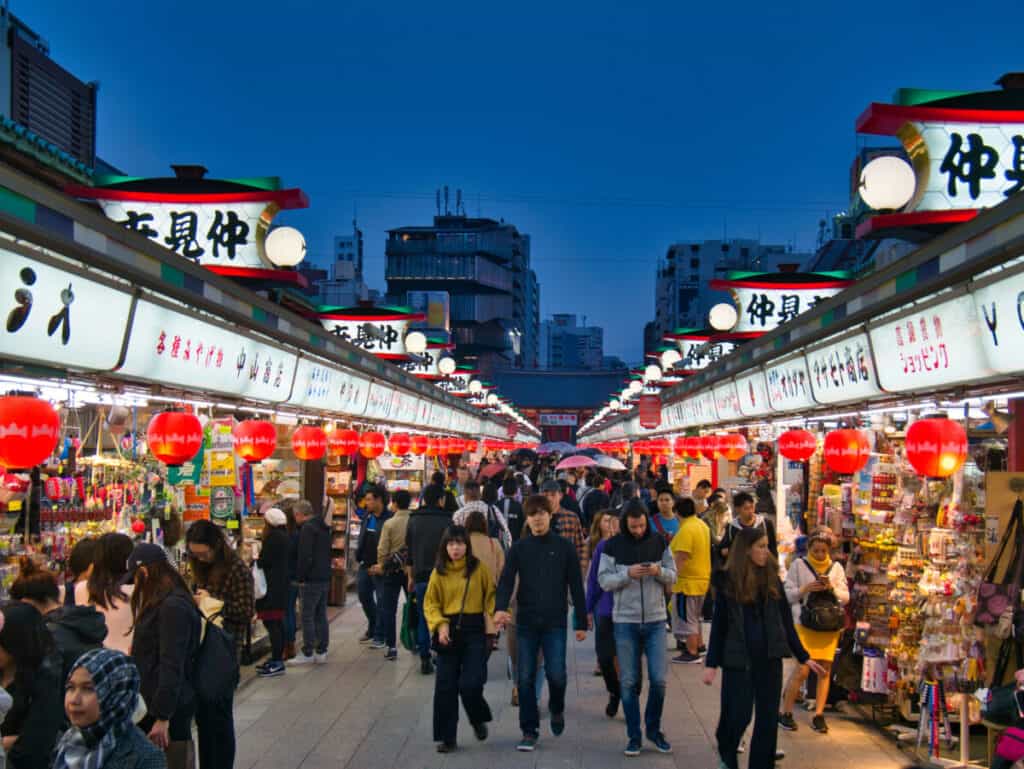
- Best Time: Anytime
- Pros: Traditional shopping experience; souvenirs and street food.
- Cons: Can be crowded, especially during festivals.
- Worst Time: None specifically
6. Tokyo Disneyland and DisneySea
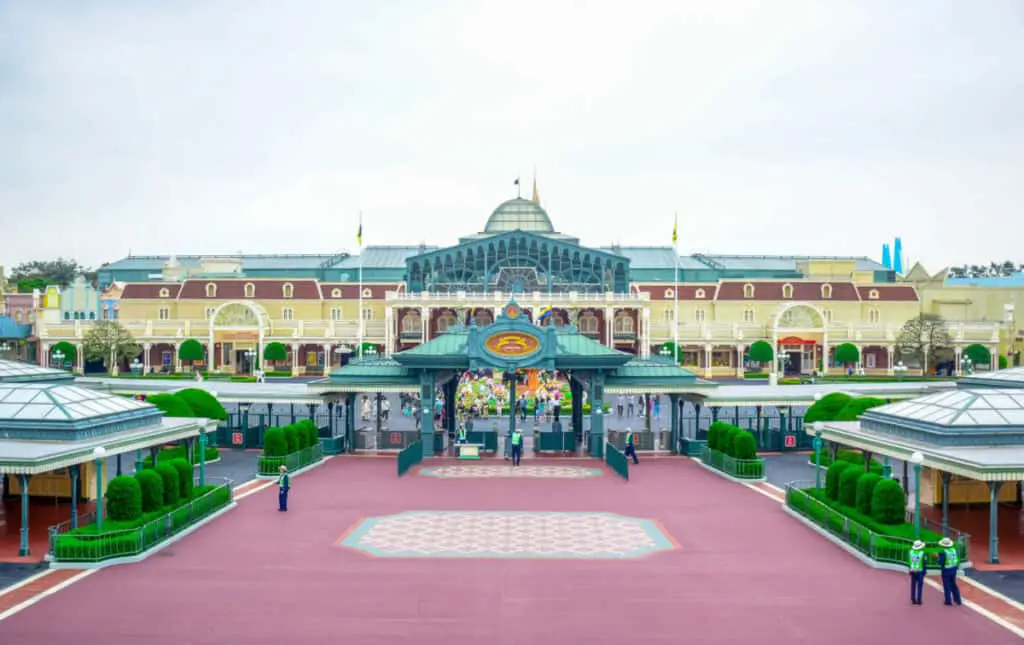
- Best Time: Weekdays, Off-Peak Seasons (Winter, Early Spring)
- Pros: Shorter lines; seasonal decorations and events.
- Cons: Possible cold weather; some rides may be under maintenance.
- Worst Time: Golden Week, School Holidays, Weekends
- Pros: Full operation; all attractions open.
- Cons: Extremely crowded; long wait times.
7. Studio Ghibli Museum
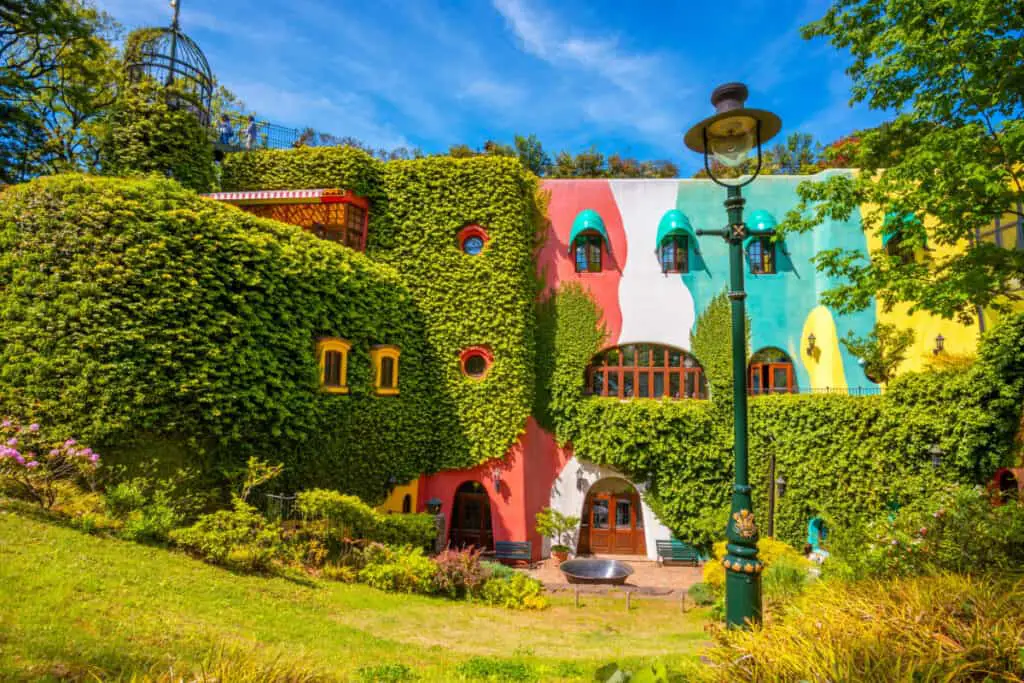
- Best Time: Weekdays, Off-Peak Seasons
- Pros: Insight into Studio Ghibli’s works; less crowded on weekdays.
- Cons: Tickets must be purchased in advance and can sell out quickly.
- Worst Time: Weekends and Holidays
- Pros: Regular operation.
- Cons: Overcrowding; tickets may be hard to obtain.
Cultural experiences in Tokyo provide an array of options throughout the year. Kabuki performances, shopping streets, and markets are generally accessible year-round, but certain attractions like sumo tournaments require alignment with specific schedules.
Attractions like Disneyland and Studio Ghibli Museum may require careful planning to avoid extreme crowds. Onsen experiences may be more appealing in the cooler months, providing a cozy escape from the cold.
Always consider local holidays, events, and seasonal changes when planning your visit to these sites for the best experience.
Neighborhood Exploration
1. Shinjuku
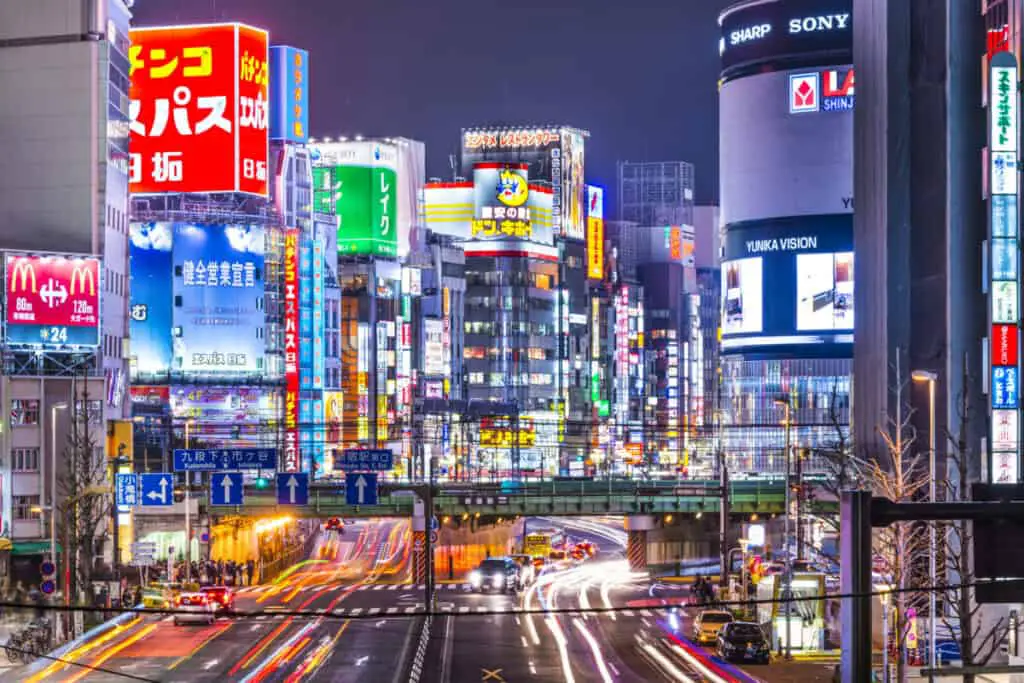
- Best Time: Anytime
- Pros: Bustling nightlife; shopping; diverse dining options; Golden Gai bar area.
- Cons: Can be extremely crowded, especially on weekends.
- Worst Time: None specifically
2. Harajuku
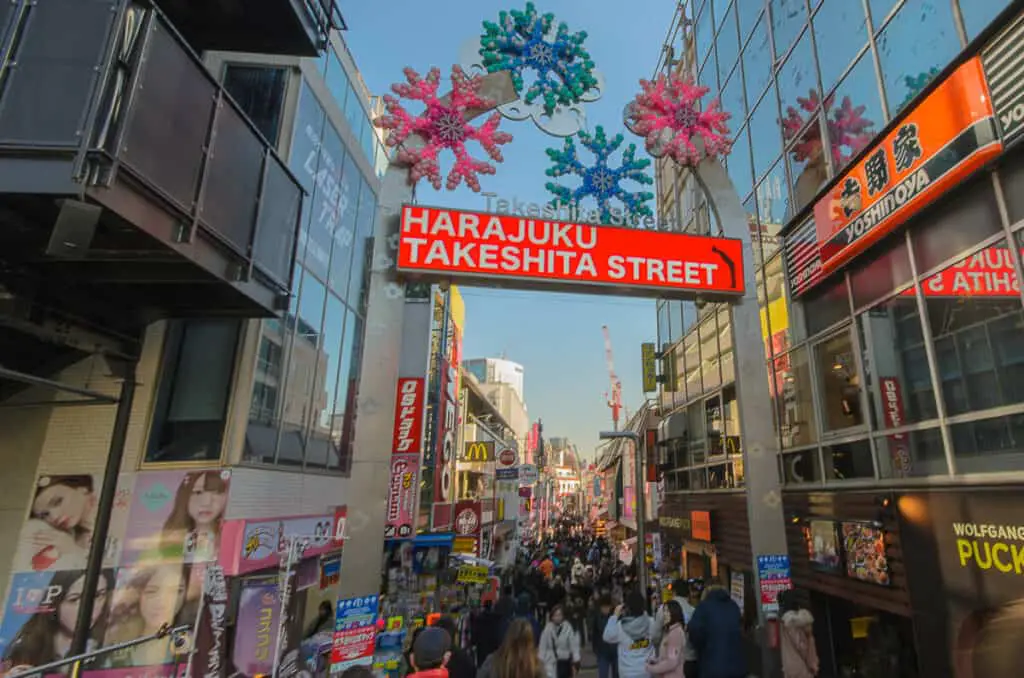
- Best Time: Weekdays
- Pros: Fashion and youth culture; Takeshita Street; more manageable crowds.
- Cons: Stores may close earlier on weekdays.
- Worst Time: Weekends
- Pros: Full energy and vibrancy.
- Cons: Extremely crowded; challenging to navigate.
3. Shibuya
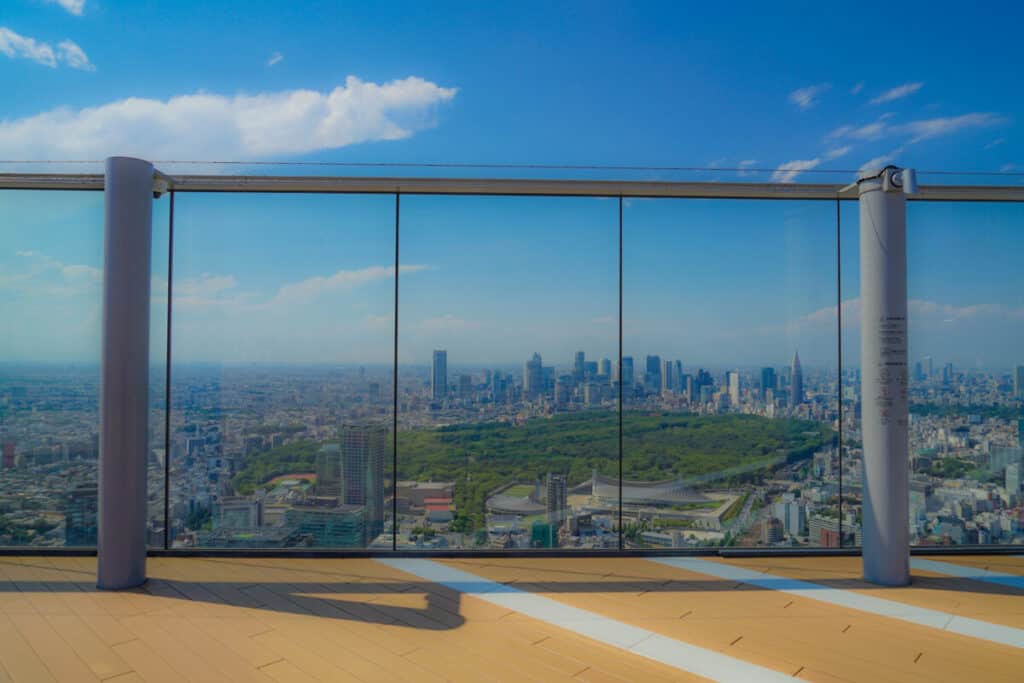
- Best Time: Anytime
- Pros: Shopping; dining; famous Shibuya Crossing; lively atmosphere.
- Cons: Crowded, particularly during peak hours.
- Worst Time: None specifically
4. Ebisu
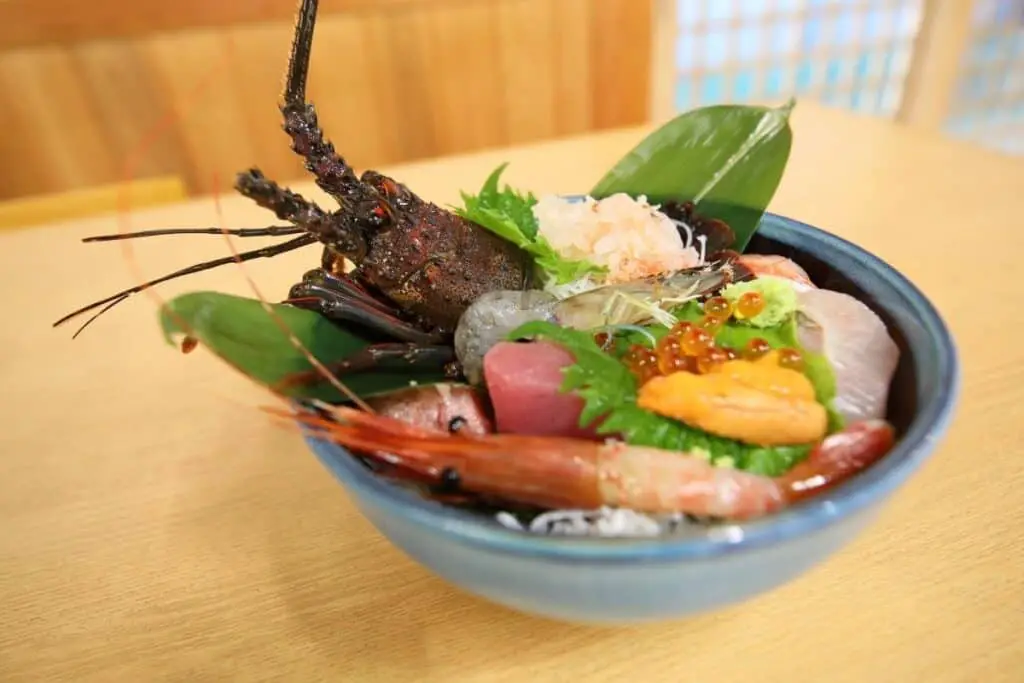
- Best Time: Evening, Anytime
- Pros: Sophisticated dining and bars; pleasant for an evening stroll.
- Cons: Fewer crowds mean less lively atmosphere during the day.
- Worst Time: None specifically
5. Daikanyama
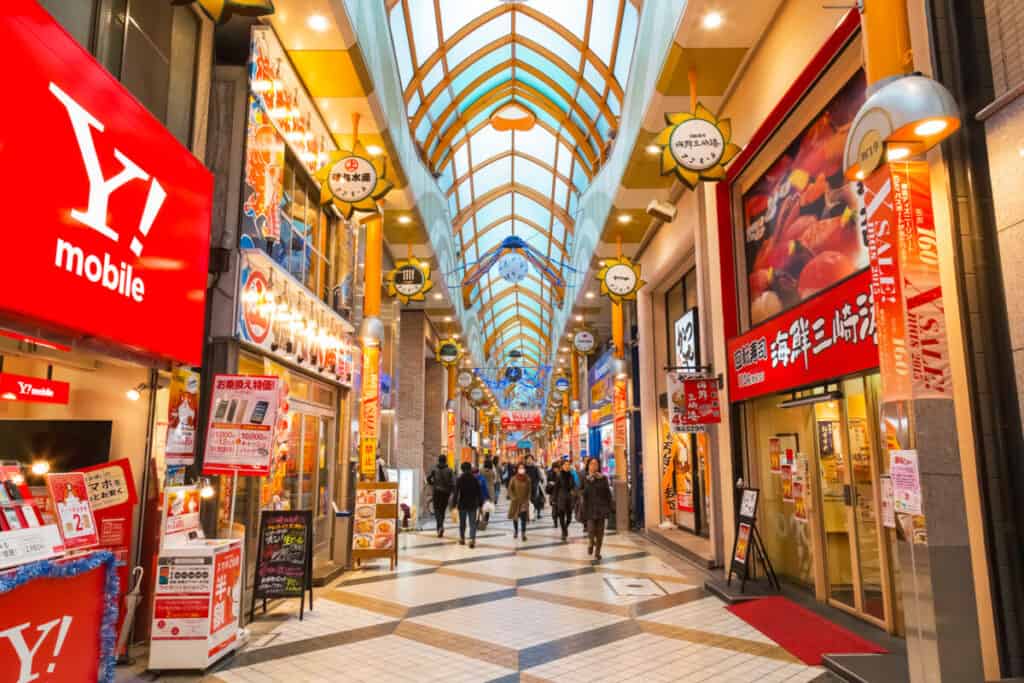
- Best Time: Weekdays
- Pros: Trendy boutiques and cafes; quieter and more relaxed ambiance.
- Cons: Some establishments may close early on weekdays.
- Worst Time: None specifically
6. Asakusa
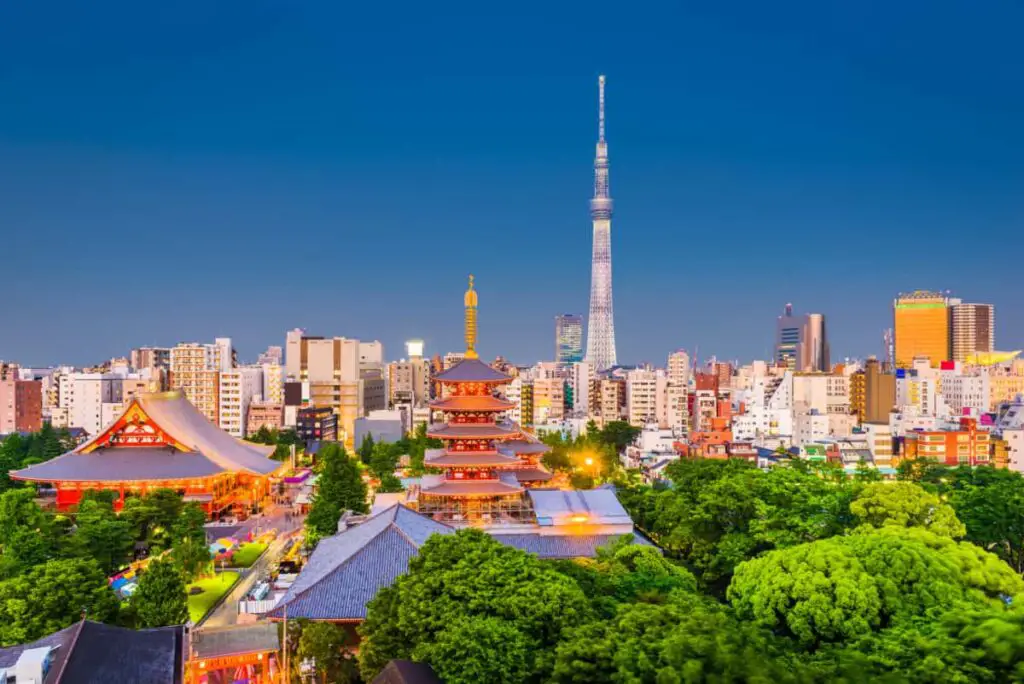
- Best Time: Anytime
- Pros: Traditional atmosphere; Senso-ji Temple; rickshaw rides; Nakamise Street.
- Cons: Can be crowded, especially during festivals.
- Worst Time: None specifically
7. Odaiba
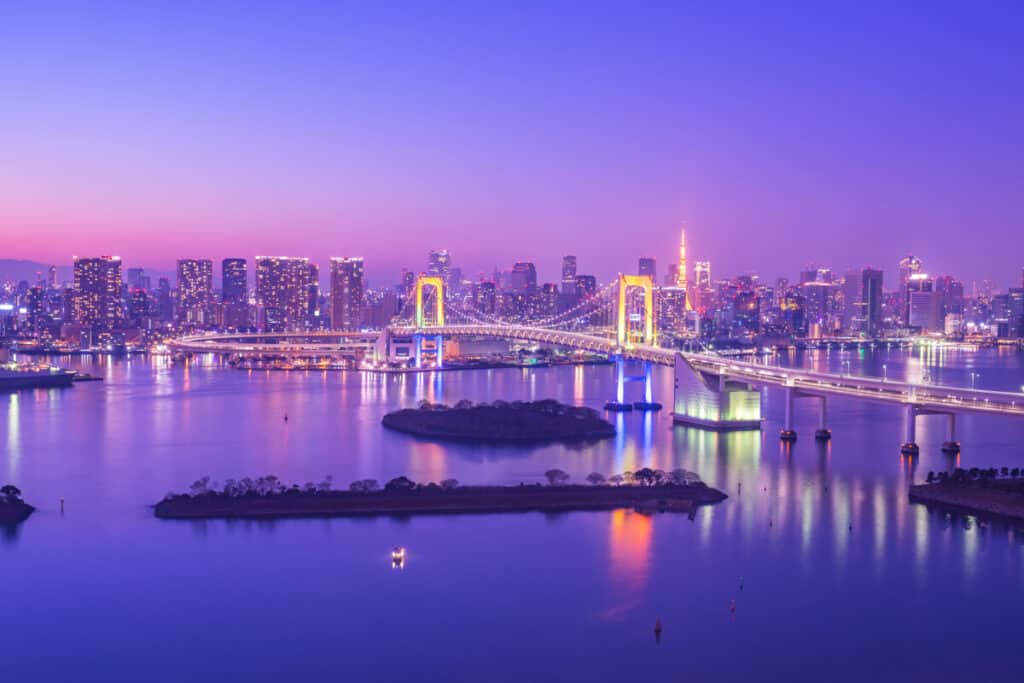
- Best Time: Spring and Autumn
- Pros: Waterfront views; attractions like teamLab Borderless; outdoor activities.
- Cons: Can be crowded during events and festivals.
- Worst Time: Summer
- Pros: Beaches and water activities.
- Cons: Hot and humid weather.
8. Akihabara
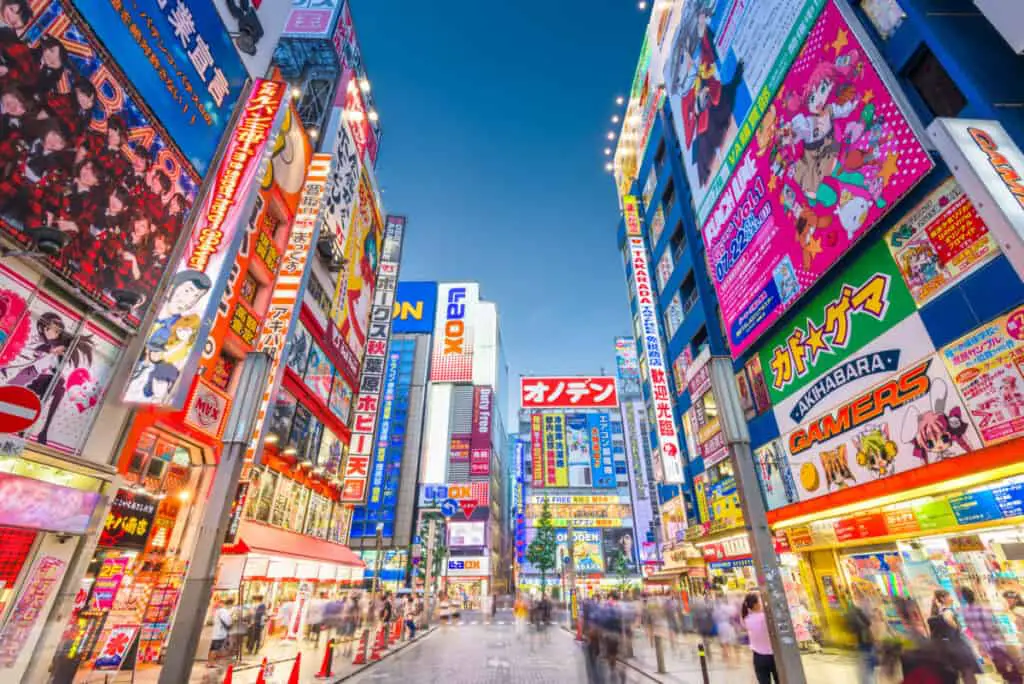
- Best Time: Anytime
- Pros: Hub for electronics and otaku culture; events and festivals year-round.
- Cons: Can be crowded, especially on weekends.
- Worst Time: None specifically
9. Ikebukuro
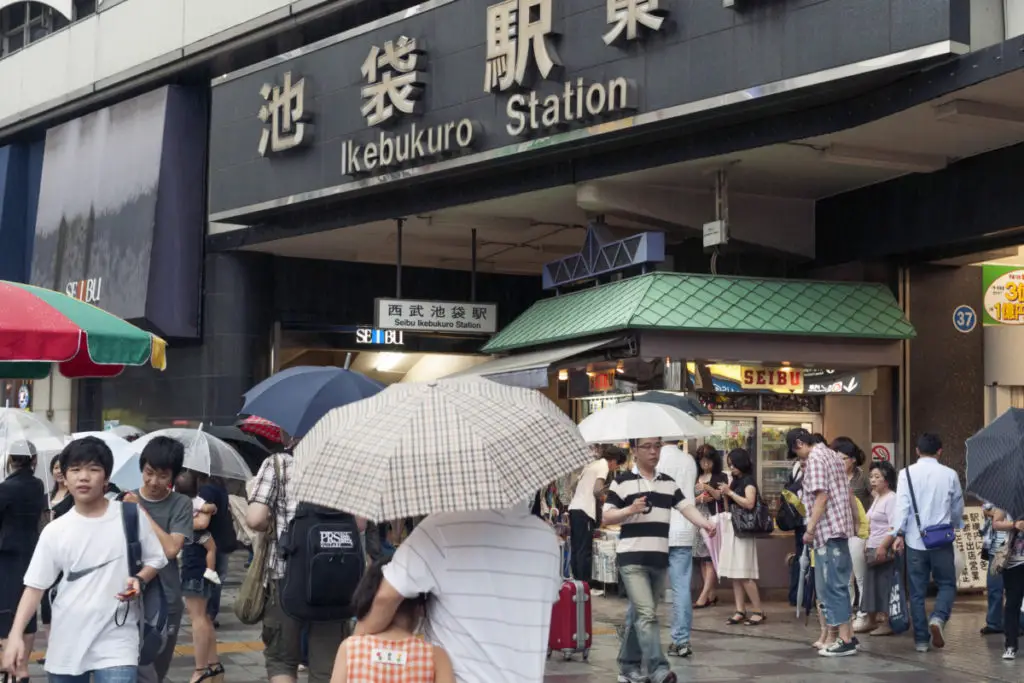
- Best Time: Anytime
- Pros: Shopping; entertainment; dining; Sunshine City complex.
- Cons: Crowded during peak hours and weekends.
- Worst Time: None specifically
Overall, Tokyo’s neighborhoods offer diverse experiences that can be enjoyed year-round. Weekdays may provide a more relaxed atmosphere in popular shopping and dining areas like Harajuku and Daikanyama. Bustling hubs like Shinjuku and Shibuya are always lively but can be extremely crowded. Seasonal considerations like weather may affect outdoor venues like Odaiba. Each neighborhood has its own unique charm, and careful planning can help you enjoy them to the fullest, whether you’re looking for vibrant energy or a more laid-back exploration.
Museums and Galleries
1. The National Art Center
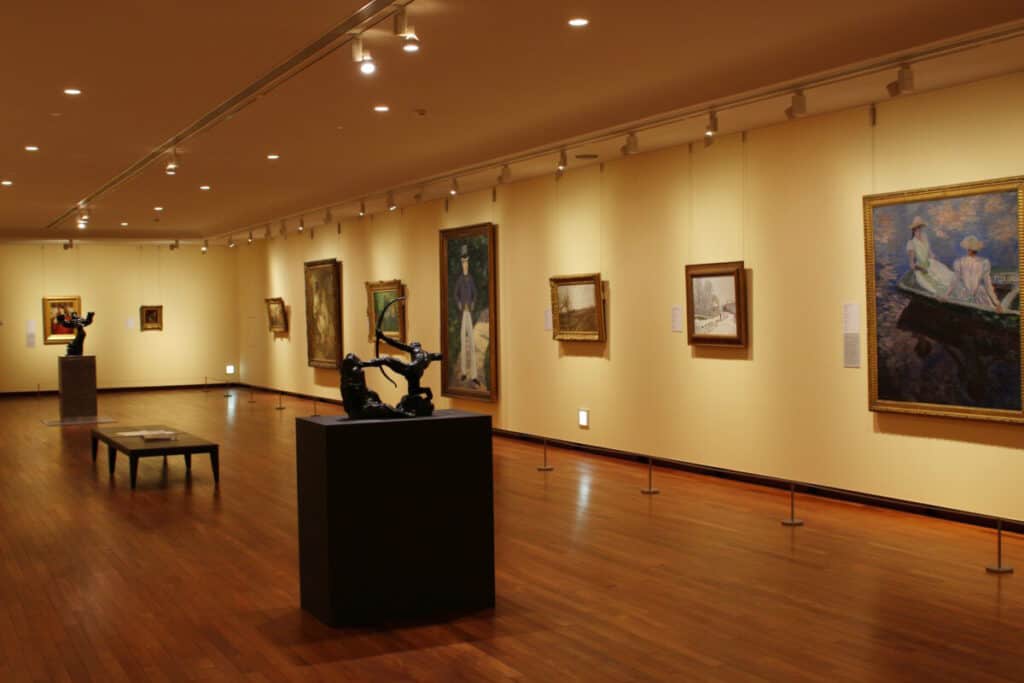
- Best Time: Weekdays
- Pros: Changing exhibitions; less crowded; serene atmosphere.
- Cons: Some exhibitions may require an entrance fee.
- Worst Time: National Holidays and Weekends
- Pros: Full operation and accessibility.
- Cons: Crowded; potential long lines.
2. Nezu Museum
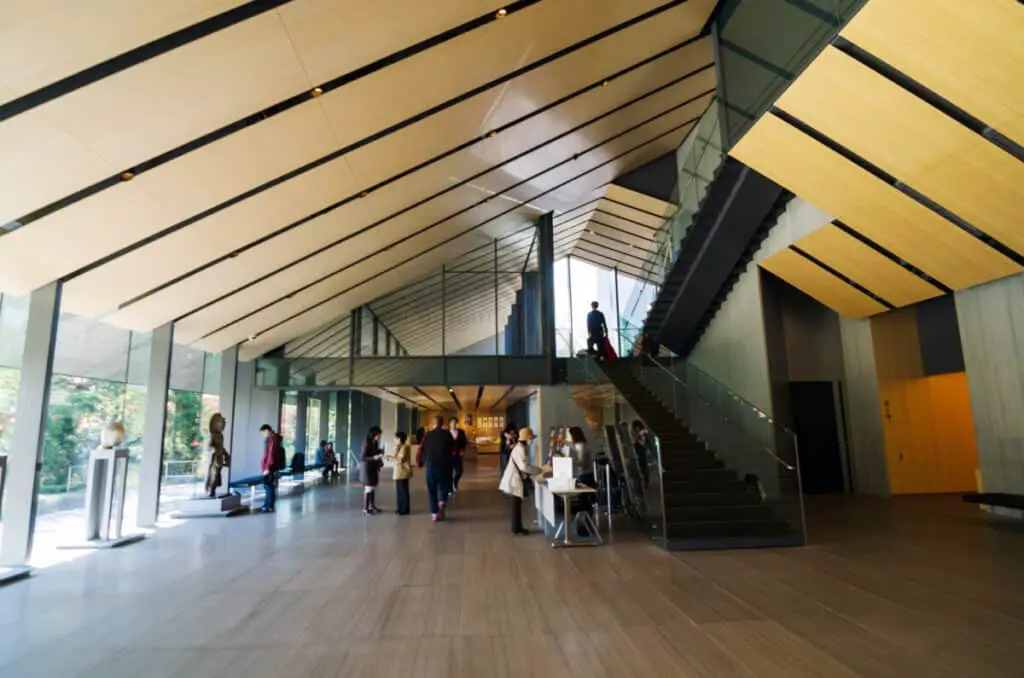
- Best Time: Spring and Autumn
- Pros: Stunning garden views; unique art collection.
- Cons: Entrance fee; may be crowded during special exhibitions.
- Worst Time: Summer (Hot and Humid)
- Pros: Indoor exhibits; air-conditioned.
- Cons: Less appealing to explore the garden.
3. Suntory Museum of Art
- Best Time: Weekdays
- Pros: Exclusive art collections; less crowded; serene atmosphere.
- Cons: Changing exhibitions may not align with personal interests.
- Worst Time: Weekends (During Popular Exhibitions)
- Pros: Access to all exhibits.
- Cons: Potentially crowded; longer wait times.
4. Sumida Hokusai Museum
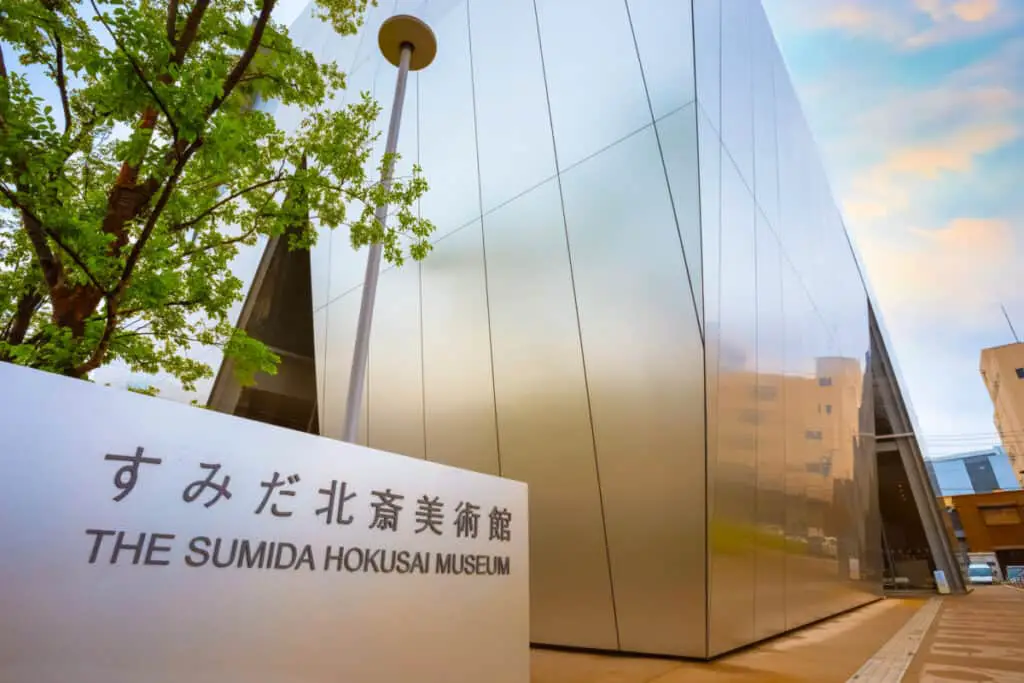
- Best Time: Anytime (Except Mondays, When Closed)
- Pros: Dedicated to the works of Hokusai; modern architecture.
- Cons: May be crowded during peak times; admission fee.
- Worst Time: None specifically
5. 21_21 Design Sight
- Best Time: Weekdays
- Pros: Innovative design exhibits; fewer crowds; more enjoyable experience.
- Cons: Some exhibits may require admission.
- Worst Time: Weekends and Holidays
- Pros: Regular operation; all exhibits accessible.
- Cons: Can be crowded; longer wait times.
Tokyo’s museums and galleries offer a rich array of cultural and artistic experiences. While these venues can often be enjoyed year-round, visiting on weekdays usually ensures a more tranquil and intimate experience.
Weekends and holidays may result in larger crowds, particularly during special exhibitions or events.
The seasonal appeal of outdoor features, such as the gardens at Nezu Museum, should also be considered in planning your visit. Checking the schedules for temporary exhibitions in advance can help ensure a visit that aligns with your interests.
Off-the-Beaten-Path
1. Yanaka
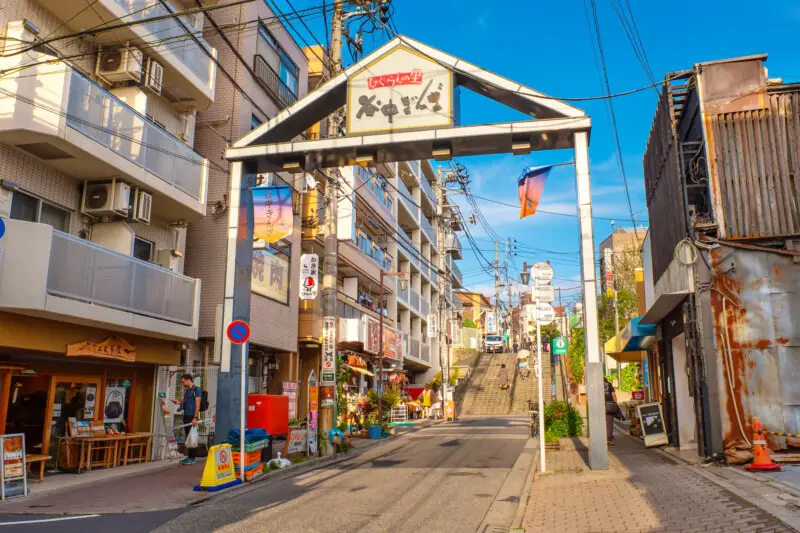
- Best Time: Spring and Autumn
- Pros: Old Tokyo atmosphere; temples; Yanaka Ginza shopping street; cherry blossoms in spring.
- Cons: Some establishments may close early.
- Worst Time: None specifically
2. Kagurazaka
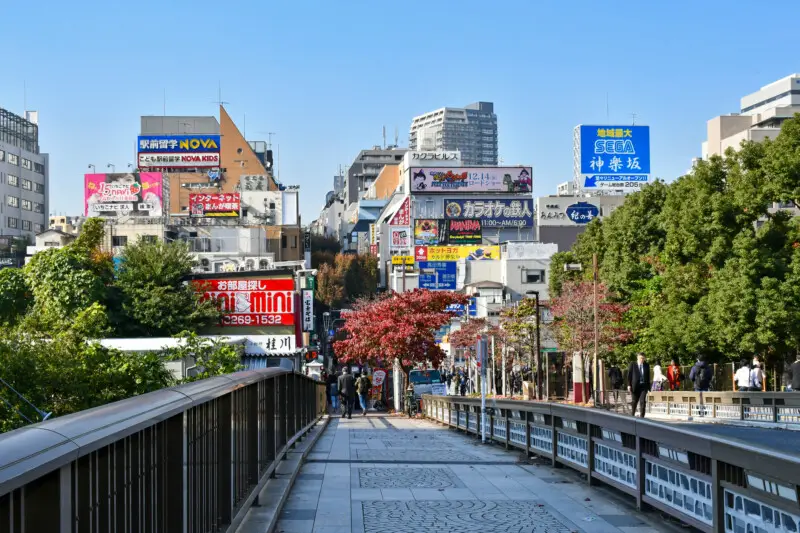
- Best Time: Evening, Anytime
- Pros: Cobblestone streets; French and Japanese fusion cuisine; traditional geisha culture.
- Cons: Fewer crowds during the day may mean a less lively atmosphere.
- Worst Time: None specifically
3. Oedo Antique Market
- Best Time: Market Days (Usually 1st and 3rd Sundays)
- Pros: Japan’s largest outdoor antique market; unique finds; bargain opportunities.
- Cons: Can be crowded; weather-dependent.
- Worst Time: Non-Market Days
- Pros: None.
- Cons: The market is not open.
4. Sumo Stables
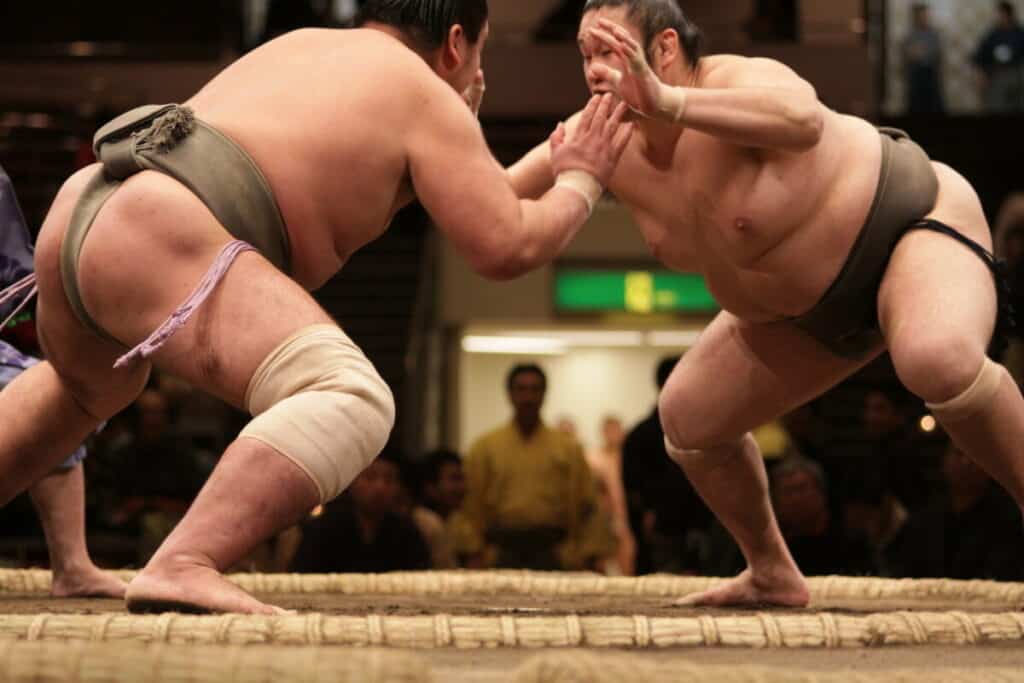
- Best Time: Morning Practice Sessions (Check Schedule)
- Pros: Unique cultural experience; watching sumo training up close.
- Cons: Must be respectful and quiet; limited accessibility; early morning timing.
- Worst Time: Non-Training Days
- Pros: None.
- Cons: No access to see sumo wrestlers.
5. Tsukishima Monja Street
- Best Time: Evening, Anytime
- Pros: Try monjayaki (local dish); lively local atmosphere; family-friendly.
- Cons: May be crowded on weekends; some language barriers.
- Worst Time: None specifically
Tokyo’s off-the-beaten-path attractions offer unique experiences and a chance to engage with the local culture in a more intimate and authentic way.
Timing your visit to coincide with specific events or seasons can enhance the experience, such as attending sumo practice in the morning or visiting the Oedo Antique Market on its operating days.
Evening visits to areas like Kagurazaka and Tsukishima Monja Street offer gastronomic delights and a lively ambiance. Exploration of these lesser-known areas provides a richer understanding of Tokyo’s multifaceted character and is well worth the effort for the more adventurous traveler.
Seasonal Attractions
Cherry Blossom Viewing Spots
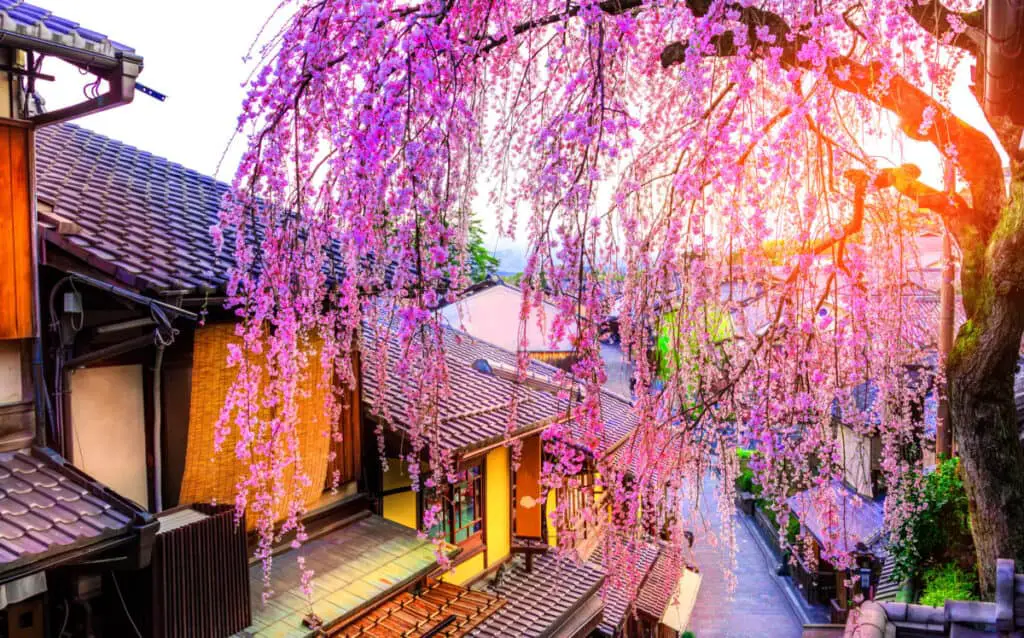
- Best Time: Late March to Early April (Varies Yearly)
- Pros: Stunning cherry blossom (sakura) views; hanami (flower-viewing) picnics; festive atmosphere.
- Cons: Extremely crowded, especially during weekends; short blooming period.
- Worst Time: Outside Cherry Blossom Season
- Pros: Peaceful parks and riversides; less crowded.
- Cons: No cherry blossoms to view.
Autumn Leaves Viewing Spots

- Best Time: Late November to Early December
- Pros: Vibrant autumn colors; scenic landscapes; pleasant weather.
- Cons: Can be crowded, especially during weekends; short peak viewing period.
- Worst Time: Outside Autumn Foliage Season
- Pros: Tranquil parks and gardens; fewer tourists.
- Cons: No autumn leaves to view.
Tokyo’s seasonal attractions, particularly cherry blossoms and autumn leaves, offer some of the most beautiful and iconic natural views in the city. Timing is crucial, as the peak periods for viewing these phenomena can be relatively short, and they can vary from year to year.
Cherry Blossom Viewing is a beloved tradition in Japan, and spots like Ueno Park, Shinjuku Gyoen, and Chidorigafuchi are renowned for their stunning sakura.
While the blossoms are in full bloom, these places are bustling with locals and tourists alike, creating a unique and festive atmosphere. However, the crowds can be overwhelming, so visiting on weekdays or early in the morning may provide a more relaxed experience.
Autumn Leaves Viewing offers a spectacular display of color as the leaves turn shades of red, orange, and yellow. Locations like Rikugien Garden and Koishikawa Korakuen are famous for their autumn landscapes. Like cherry blossom spots, these areas can become quite crowded during peak season. Early morning or weekday visits can allow for a more peaceful appreciation of the beautiful scenery.
For both seasonal attractions, it’s advisable to check local forecasts and reports to align your visit with the peak viewing times. While the off-season still offers lovely parks and landscapes, missing the peak times means missing out on these unique seasonal displays.
Other Attractions and Experiences
1. Robot Restaurant
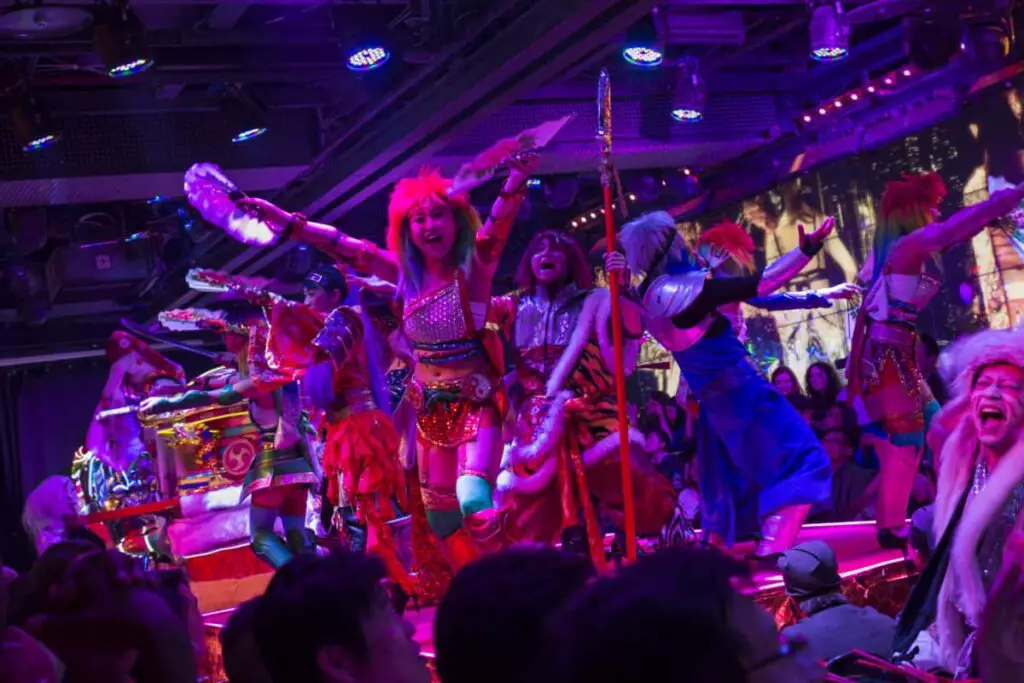
- Best Time: Evening shows
- Pros: Unique, high-energy performance; futuristic experience.
- Cons: Expensive; loud; not suitable for small children.
- Worst Time: None
2. Karting in the City
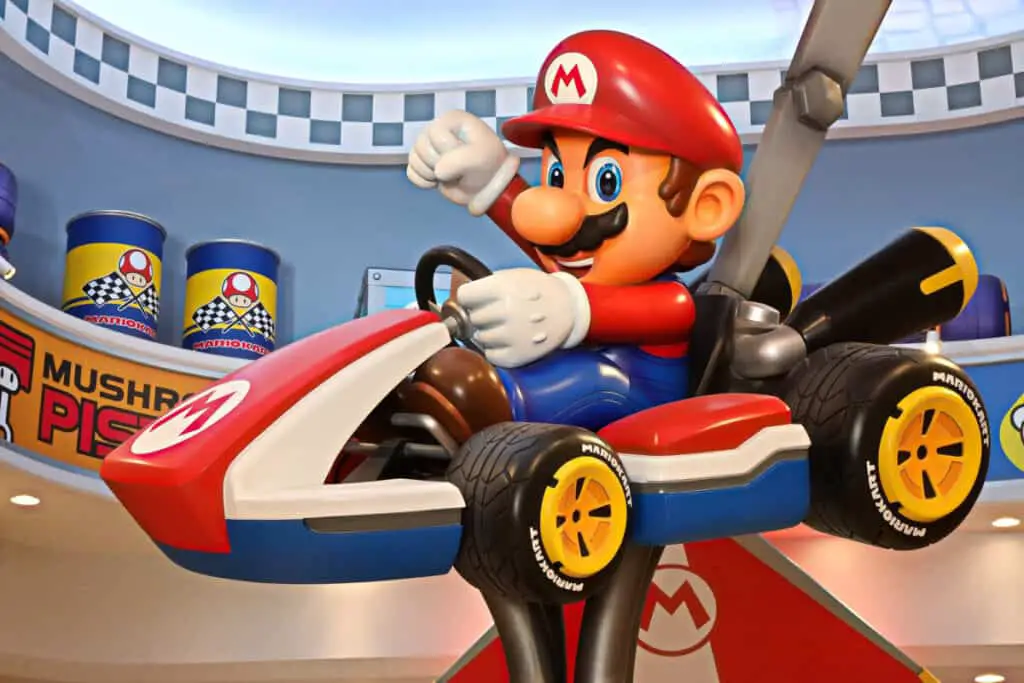
- Best Time: Weekdays; dry weather
- Pros: Fun, real-life Mario Kart experience; explore city streets.
- Cons: Requires an international driving permit; safety concerns.
- Worst Time: Wet weather; heavy traffic
3. Sumo Practice Watching (See Above)
4. Owl Cafes
- Best Time: Weekdays
- Pros: Up-close interaction with owls; unique experience.
- Cons: Ethical considerations; potential long waits.
- Worst Time: Weekends (crowded)
5. Fish Market at Toyosu
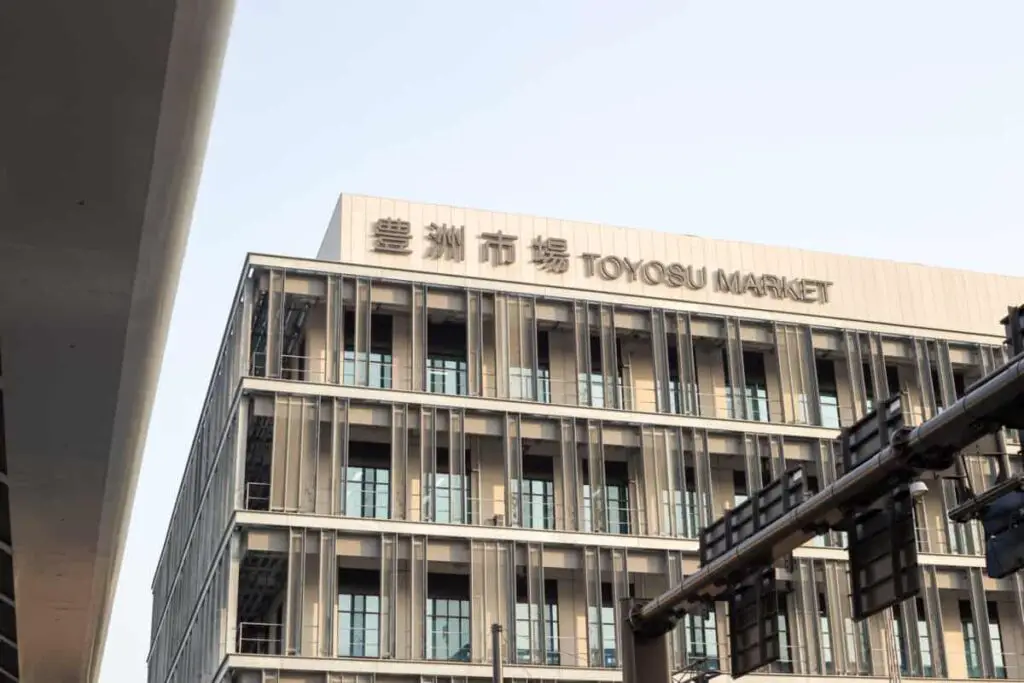
- Best Time: Early morning; tuna auction
- Pros: Fresh seafood; behind-the-scenes market experience.
- Cons: Early morning hours; crowded.
- Worst Time: Afternoon (less activity)
6. Kawaii Monster Cafe
- Best Time: Anytime; evening shows
- Pros: Colorful, whimsical environment; themed dining.
- Cons: Expensive; may be overwhelming for some.
- Worst Time: None
7. Tokyo Dome
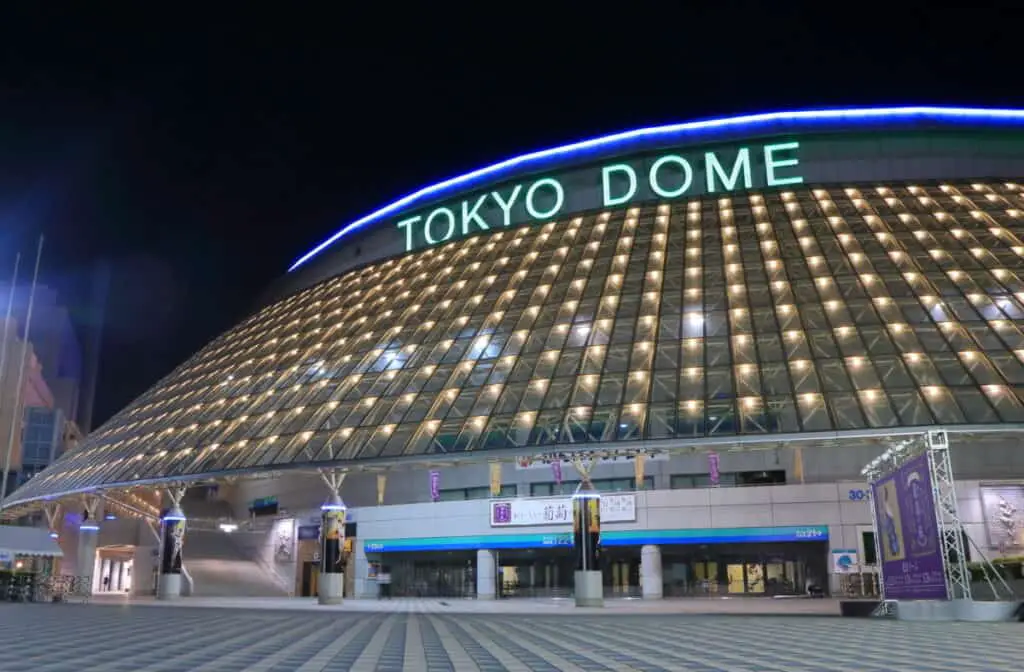
- Best Time: Game days or concerts
- Pros: Experience Japanese baseball; entertainment events.
- Cons: Can be crowded; tickets may be hard to get.
- Worst Time: Non-event days
8. Omoide Yokocho (Memory Lane)
- Best Time: Evening
- Pros: Authentic dining; atmospheric.
- Cons: Smoky; may be crowded.
- Worst Time: None
9. Japanese Tea Ceremony Experiences
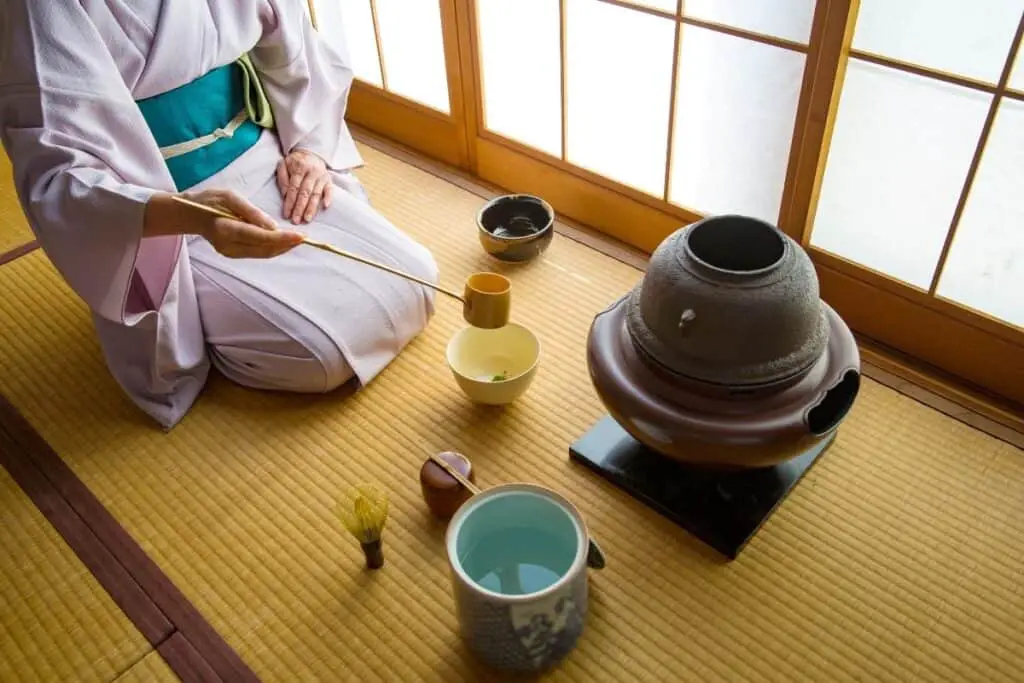
- Best Time: Anytime; by appointment
- Pros: Cultural immersion; serene experience.
- Cons: Can be expensive; language barriers.
- Worst Time: None
10. Cooking Classes
- Best Time: Anytime, with reservation
- Pros: Hands-on experience; learn Japanese cooking.
- Cons: Varies in quality and price.
- Worst Time: Without reservation
11. Nakano Broadway
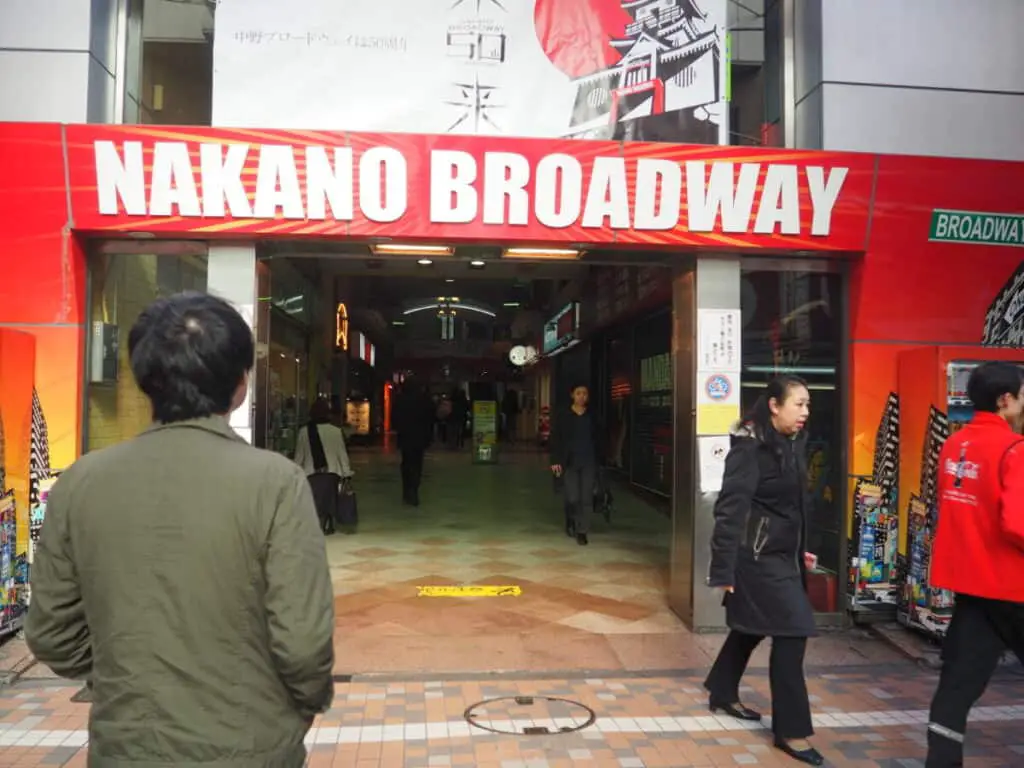
- Best Time: Weekdays
- Pros: Otaku culture; unique shopping; less crowded.
- Cons: Can be overwhelming; niche interest.
- Worst Time: Weekends (more crowded)
12. Edo-Tokyo Open Air Architectural Museum
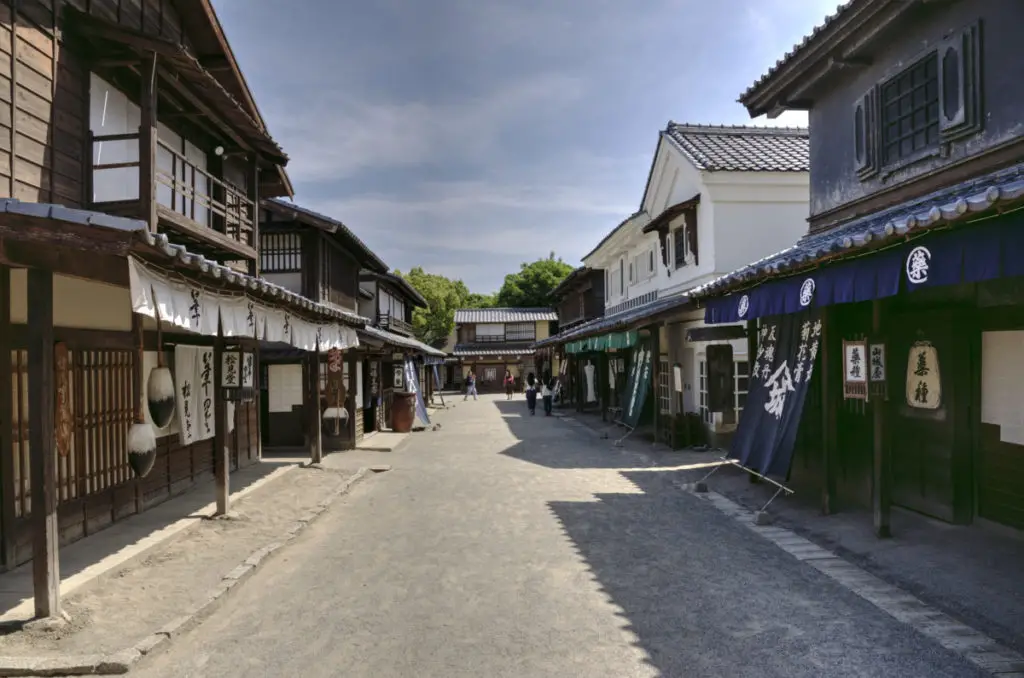
- Best Time: Anytime; seasonal festivals
- Pros: Historical buildings; cultural insight; outdoor experience.
- Cons: Distance from central Tokyo.
- Worst Time: Extreme weather
13. Odaiba Unicorn Gundam Statue
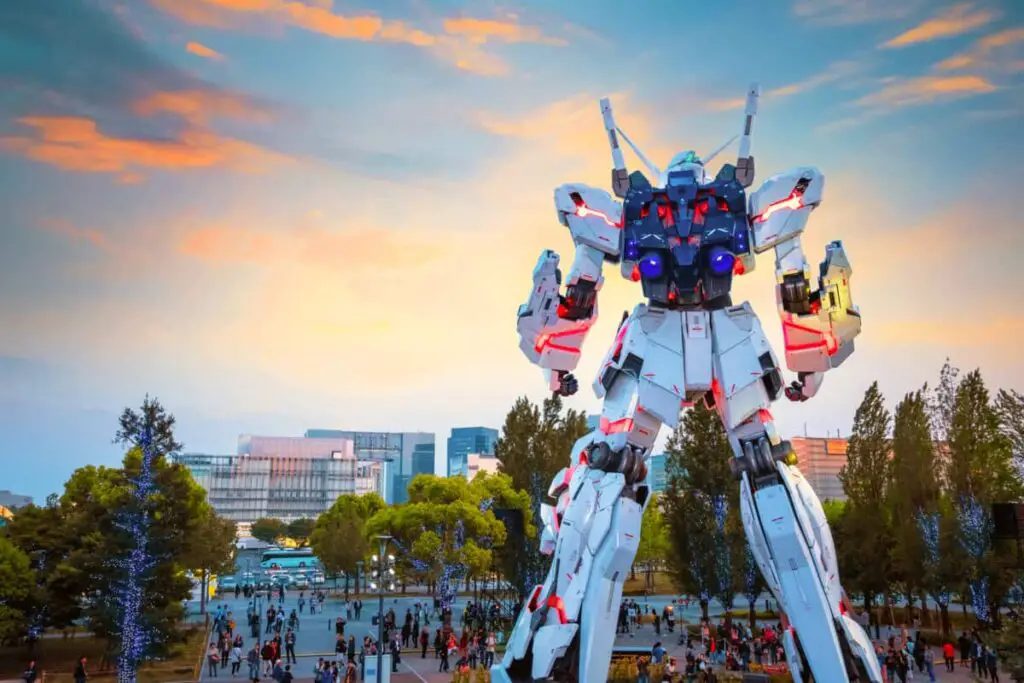
- Best Time: Evening for light show
- Pros: Iconic landmark for Gundam fans; free to view.
- Cons: Mostly appealing to fans.
- Worst Time: None
14. Bunkyo Civic Center Observation Deck
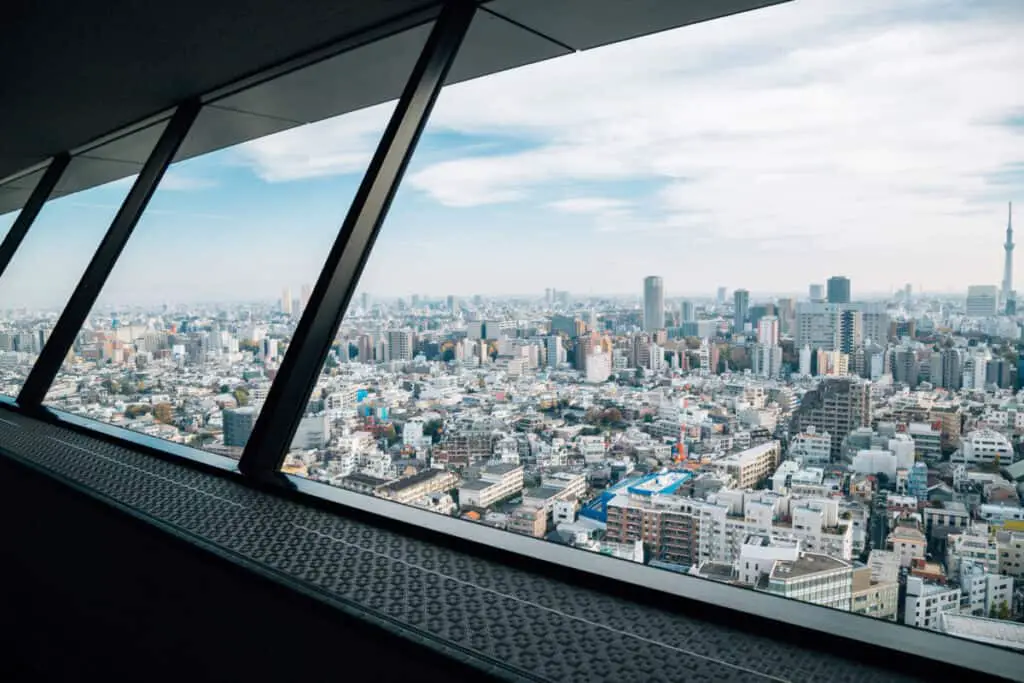
- Best Time: Clear days; sunset
- Pros: Free; great city views.
- Cons: Limited amenities.
- Worst Time: Poor weather
15. Mt. Takao
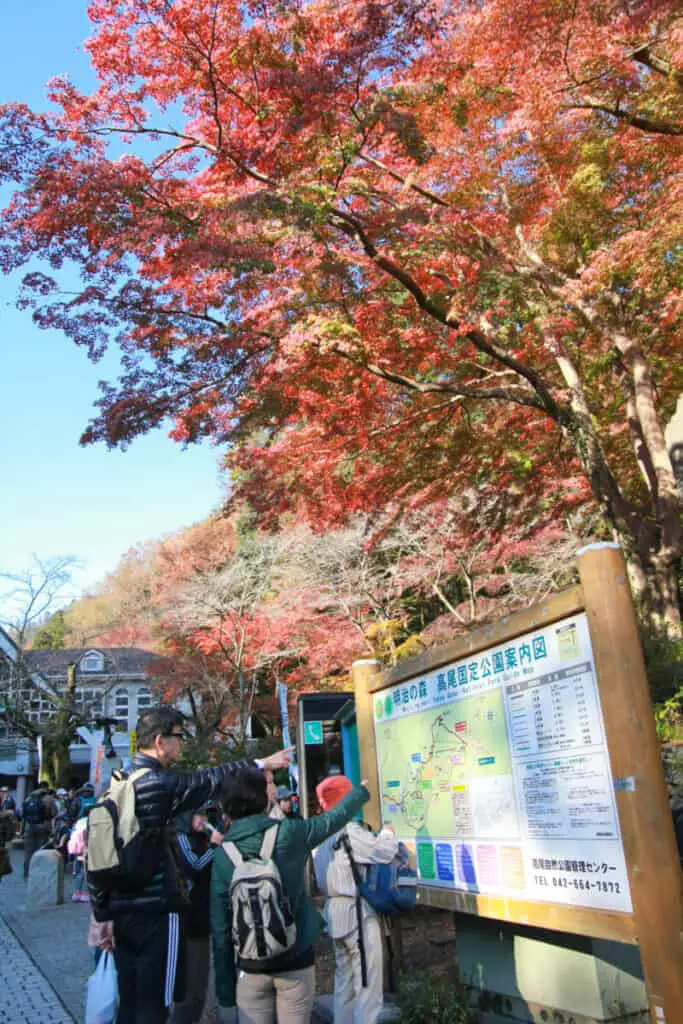
- Best Time: Autumn (leaves); Spring (cherry blossoms)
- Pros: Nature trails; views; accessibility.
- Cons: Can be crowded on weekends.
- Worst Time: Summer (hot and humid)
16. Cat Cafes
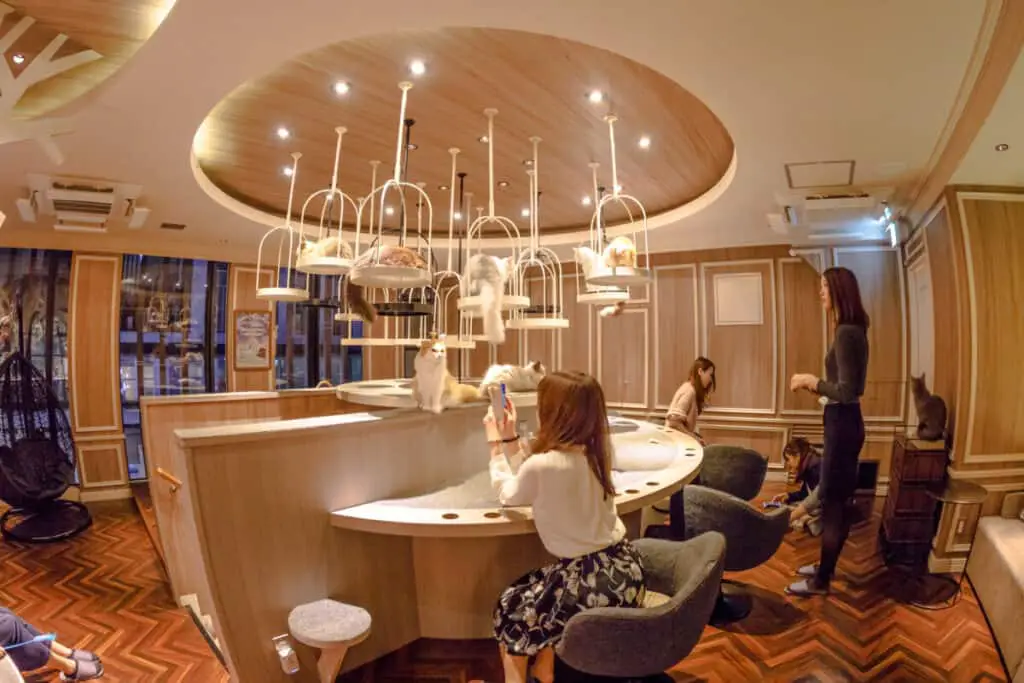
- Best Time: Weekdays
- Pros: Interaction with cats; relaxation.
- Cons: Ethical considerations; potential wait times.
- Worst Time: Weekends (crowded)
17. Joypolis
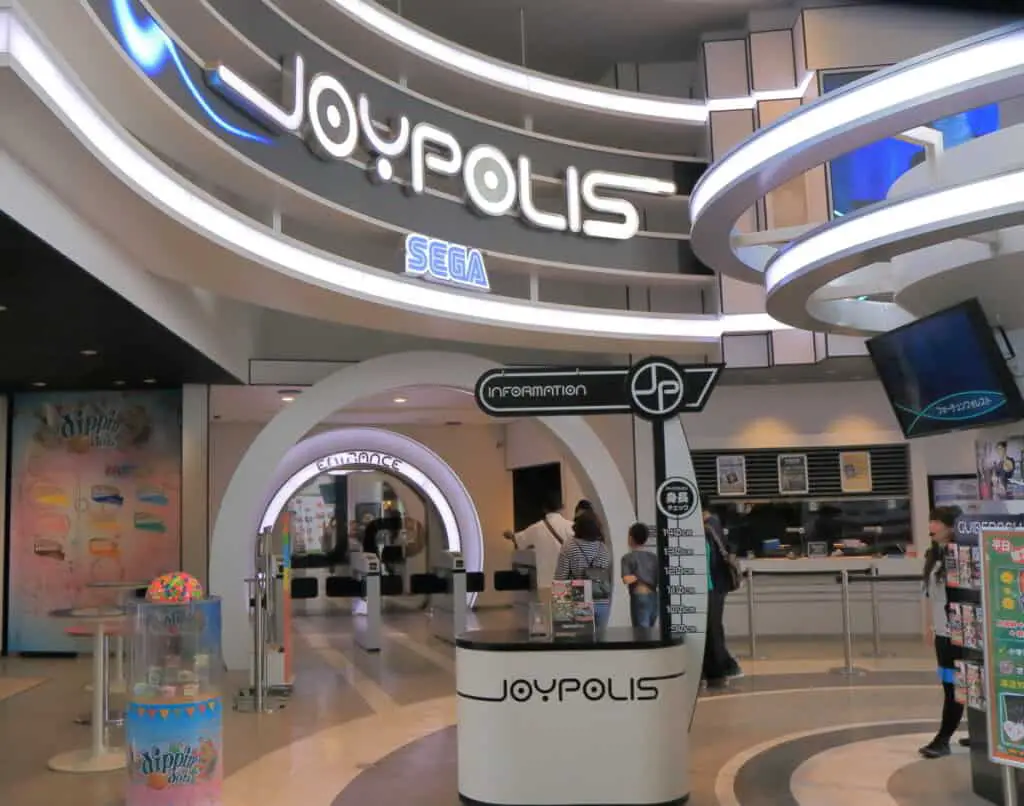
- Best Time: Weekdays
- Pros: Indoor amusement park; various games and rides.
- Cons: Can be crowded; age and height restrictions.
- Worst Time: Weekends (crowded)
18. Togoshi Ginza
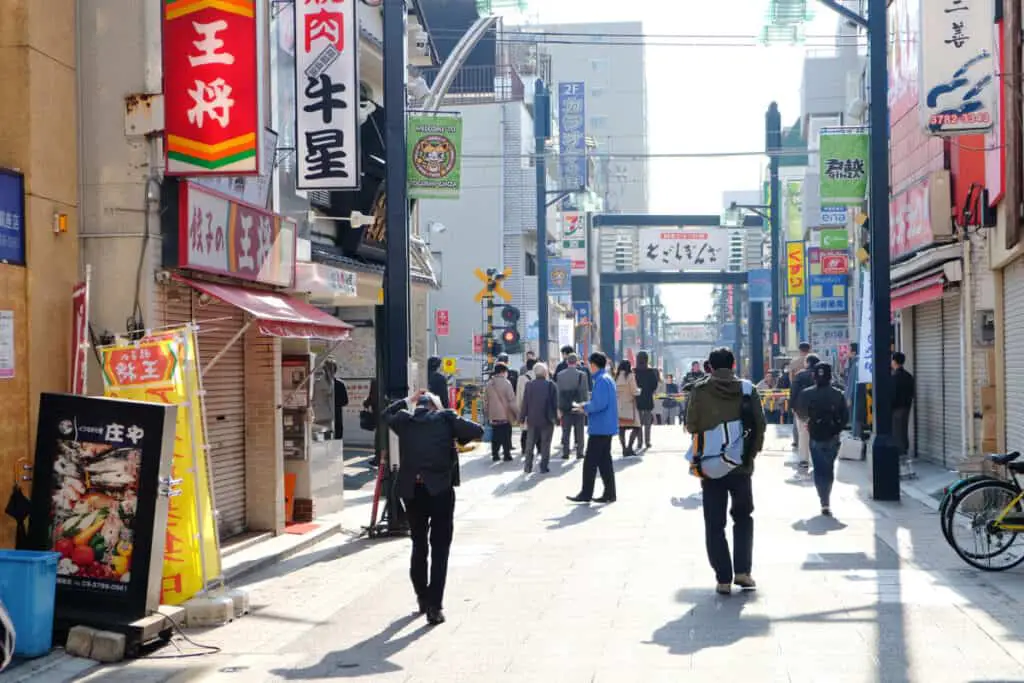
- Best Time: Anytime
- Pros: Local shopping street; authentic atmosphere.
- Cons: None.
- Worst Time: None
19. VenusFort
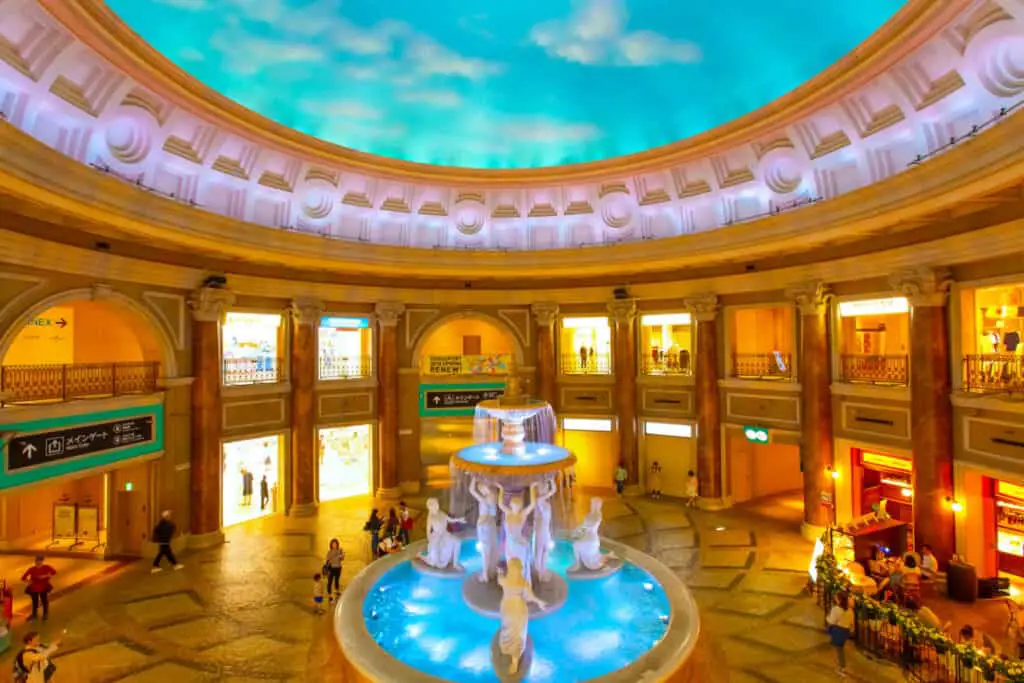
- Best Time: Weekdays
- Pros: Unique, Venice-themed mall; shopping and dining.
- Cons: Can be crowded during sales or weekends.
- Worst Time: Weekends (more crowded)
20. Legoland Discovery Center
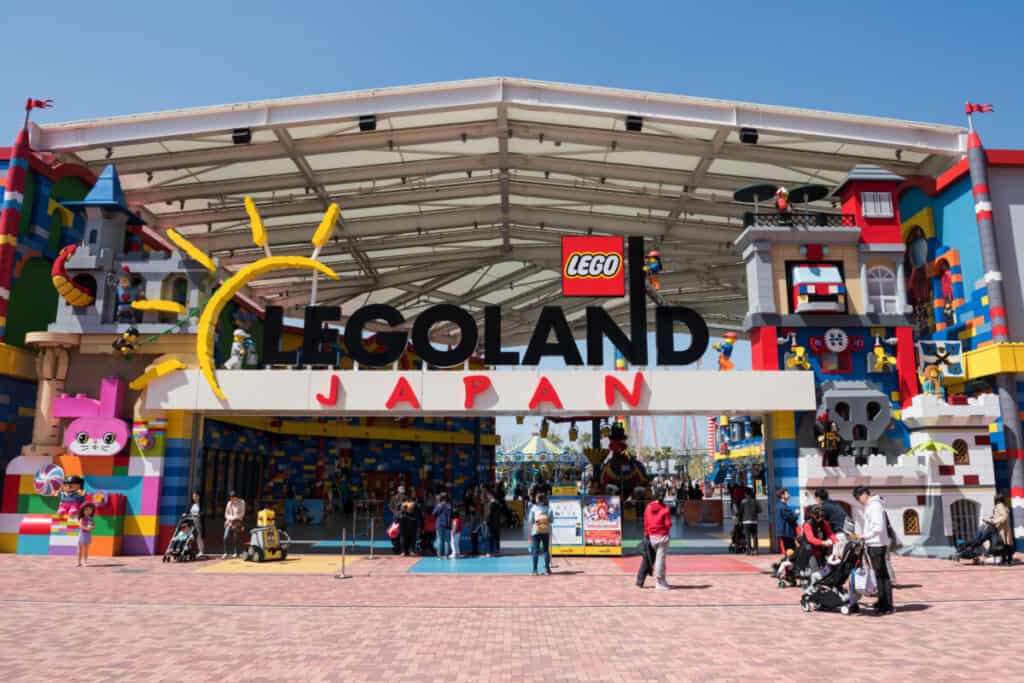
- Best Time: Weekdays
- Pros: Fun for families; Lego-themed activities.
- Cons: Mostly for children; can be crowded.
- Worst Time: Weekends (more crowded)
21. Tokyo Metropolitan Government Building
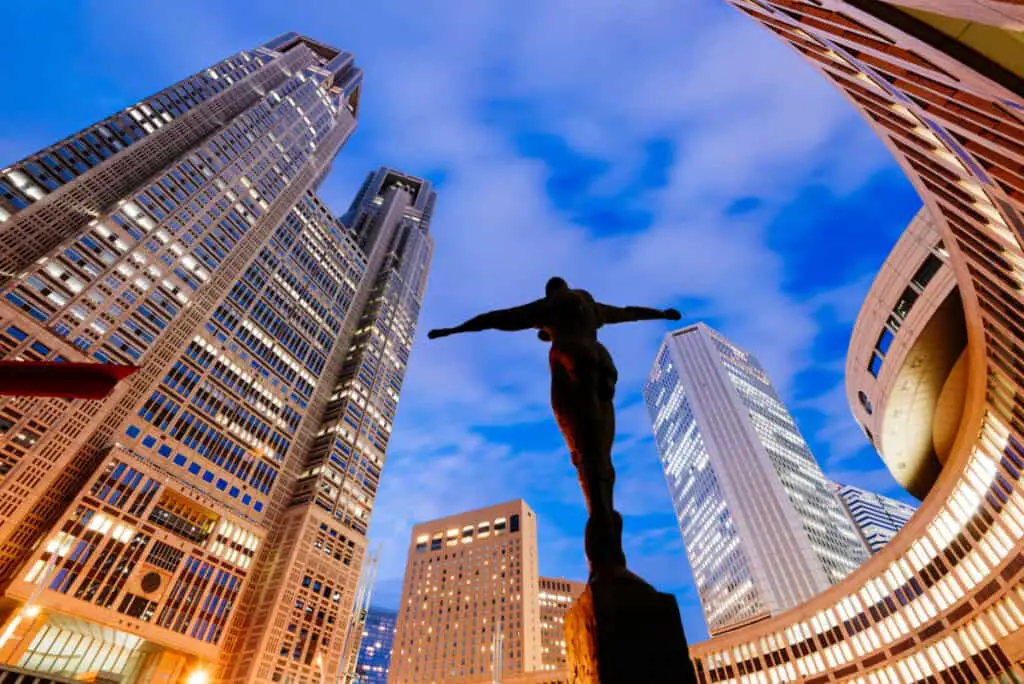
- Best Time: Clear days; sunset
- Pros: Free observation deck; city views.
- Cons: Can be crowded.
- Worst Time: Poor weather
22. Jindai Botanical Gardens
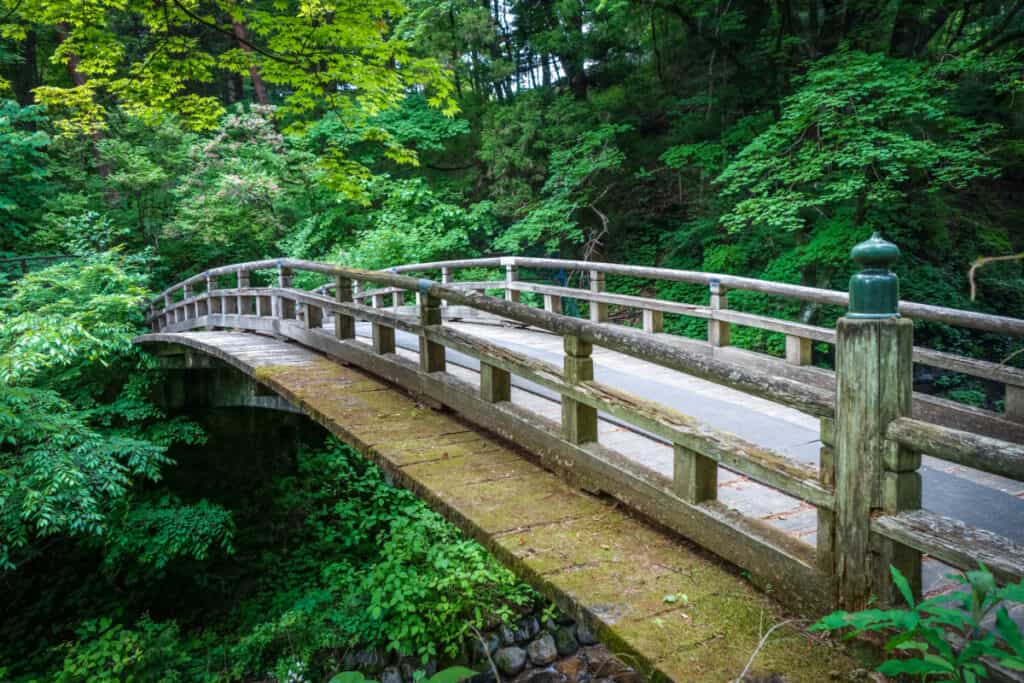
- Best Time: Spring (flowers); Autumn (leaves)
- Pros: Beautiful gardens; peaceful.
- Cons: Admission fee; farther from central Tokyo.
- Worst Time: Winter (less vibrant)
23. Sanrio Puroland
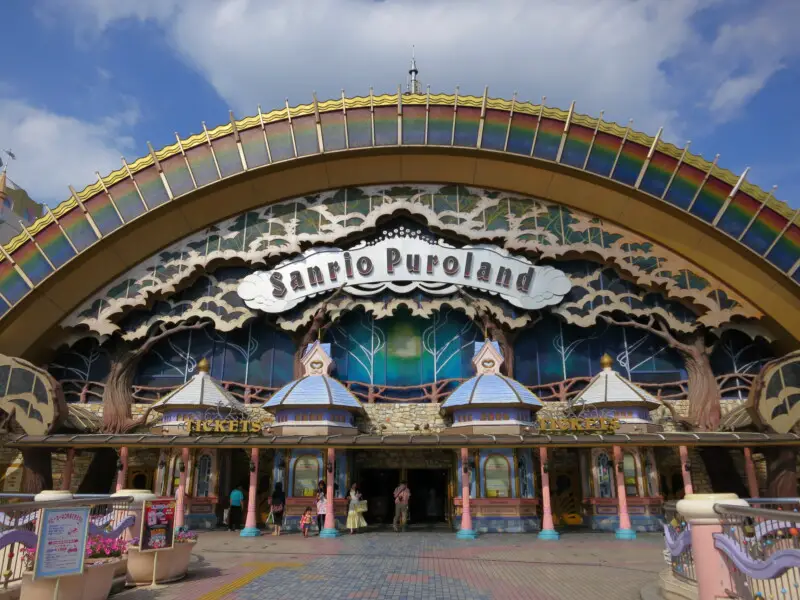
- Best Time: Weekdays
- Pros: Hello Kitty and Sanrio characters; fun for families.
- Cons: Mostly for younger children; can be crowded.
- Worst Time: Weekends and holidays (crowded)
24. Koishikawa Korakuen
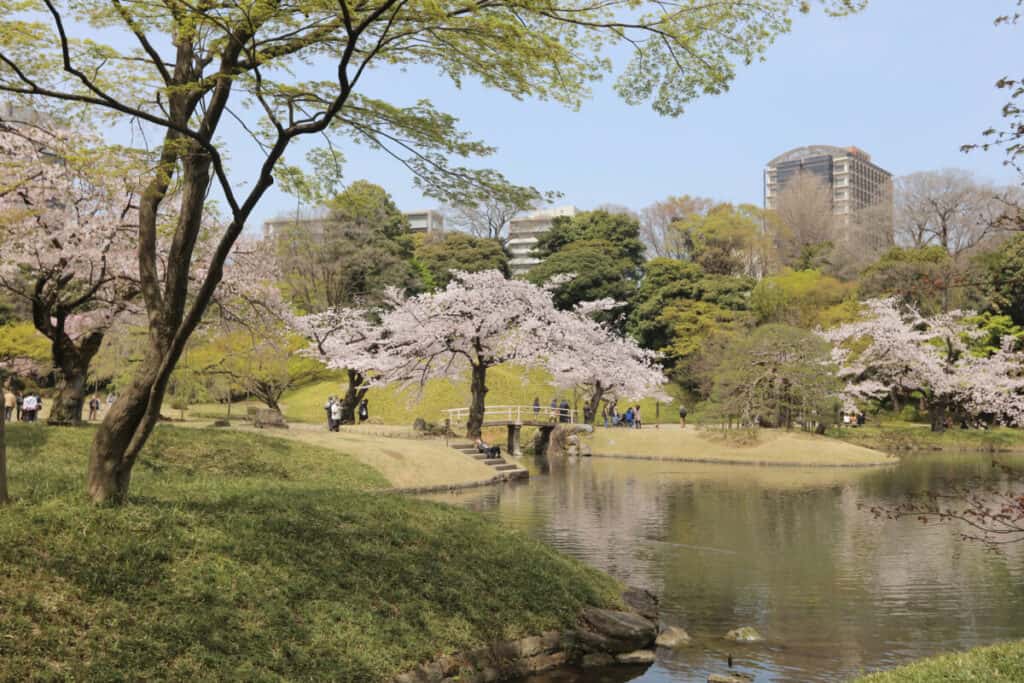
- Best Time: Autumn (leaves); Spring (blossoms)
- Pros: Beautiful traditional garden; seasonal beauty.
- Cons: Admission fee.
- Worst Time: Winter (less vibrant)
25. Edo Onsen Monogatari
- Best Time: Anytime
- Pros: Onsen experience; Edo-period theme.
- Cons: Tattoo restrictions; can be crowded.
- Worst Time: Peak holiday periods
26. Epson Aqua Stadium Shinagawa
- Best Time: Anytime
- Pros: Aquarium with shows; family-friendly.
- Cons: Admission fee; ethical considerations.
- Worst Time: None
27. Tokyo Helicopter Tour
- Best Time: Clear weather
- Pros: Breathtaking views; unique perspective.
- Cons: Expensive; weather-dependent.
- Worst Time: Poor weather
28. Suginami Animation Museum
- Best Time: Weekdays
- Pros: Insight into animation industry; free.
- Cons: Distance from central Tokyo.
- Worst Time: Weekends (more crowded)
29. Tokyo Ramen Street
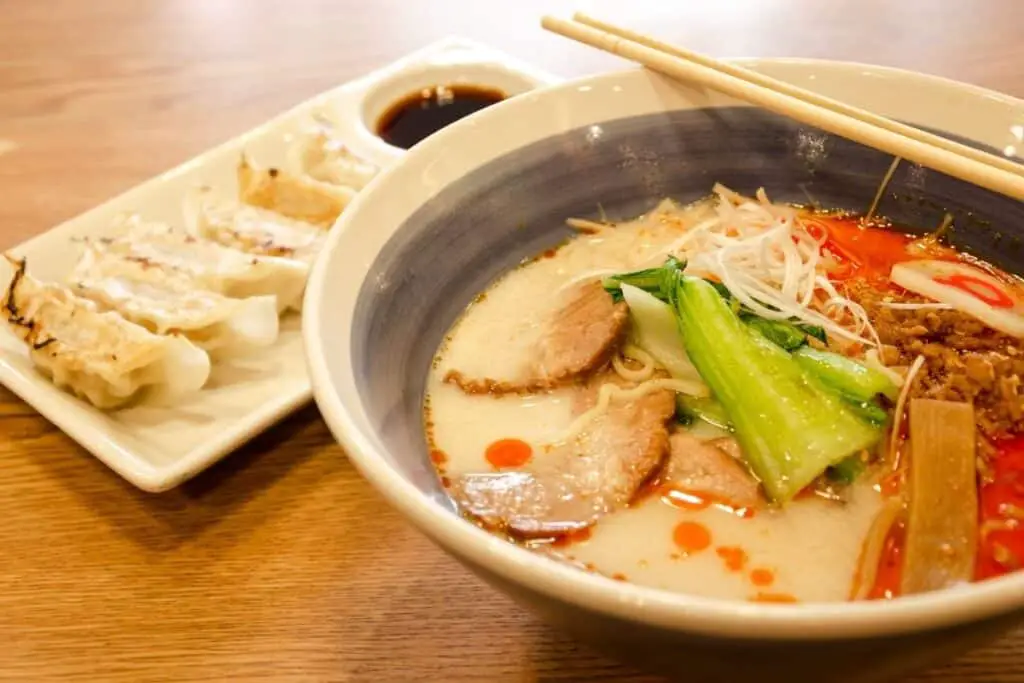
- Best Time: Weekdays; off-peak hours
- Pros: Variety of ramen; authentic experience.
- Cons: Can be crowded; long waits.
- Worst Time: Lunchtime; weekends
30. Anata no Warehouse
- Best Time: Anytime
- Pros: Unique arcade; cyberpunk theme.
- Cons: Adults only.
- Worst Time: None
31. Sunshine City
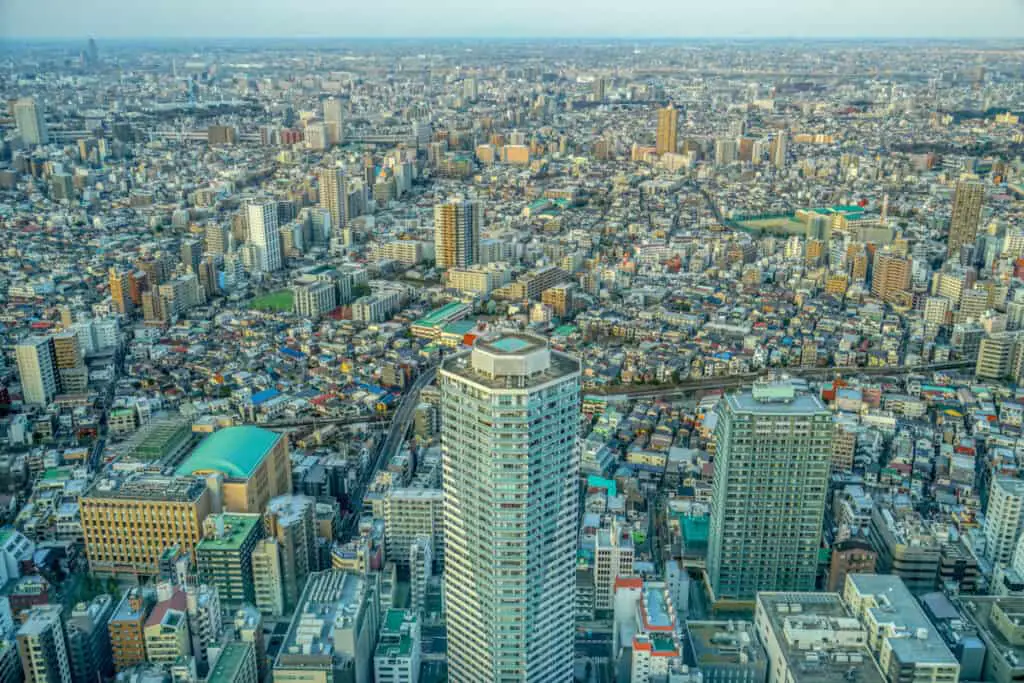
- Best Time: Weekdays
- Pros: Shopping, dining, entertainment complex.
- Cons: Can be crowded during sales or holidays.
- Worst Time: Weekends (more crowded)
32. Tokyo Disneyland & Tokyo DisneySea
- Best Time: Weekdays; off-peak seasons
- Pros: World-famous theme parks; entertainment for all ages.
- Cons: Expensive; very crowded during peak times.
- Worst Time: Weekends; holidays
33. Miraikan Museum
- Best Time: Weekdays
- Pros: Innovative science and technology exhibits; family-friendly.
- Cons: Can be crowded during school trips or holidays.
- Worst Time: Weekends (more crowded)
34. Tokyo Sea Life Park
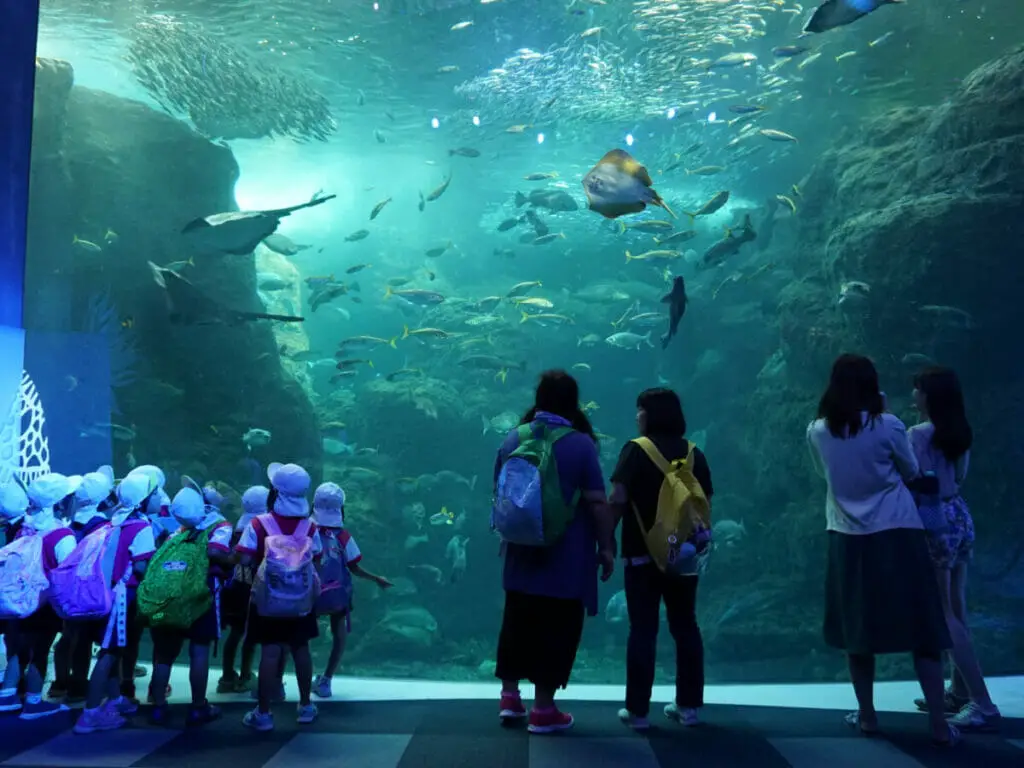
- Best Time: Weekdays
- Pros: Marine life exhibits; family-friendly.
- Cons: Ethical considerations; can be crowded.
- Worst Time: Weekends (more crowded)
35. Oedo Onsen Monogatari (See Above)
36. Meguro Parasitological Museum
- Best Time: Anytime
- Pros: Unique subject matter; free.
- Cons: Not for the squeamish; small.
- Worst Time: None
37. Gotokuji Temple
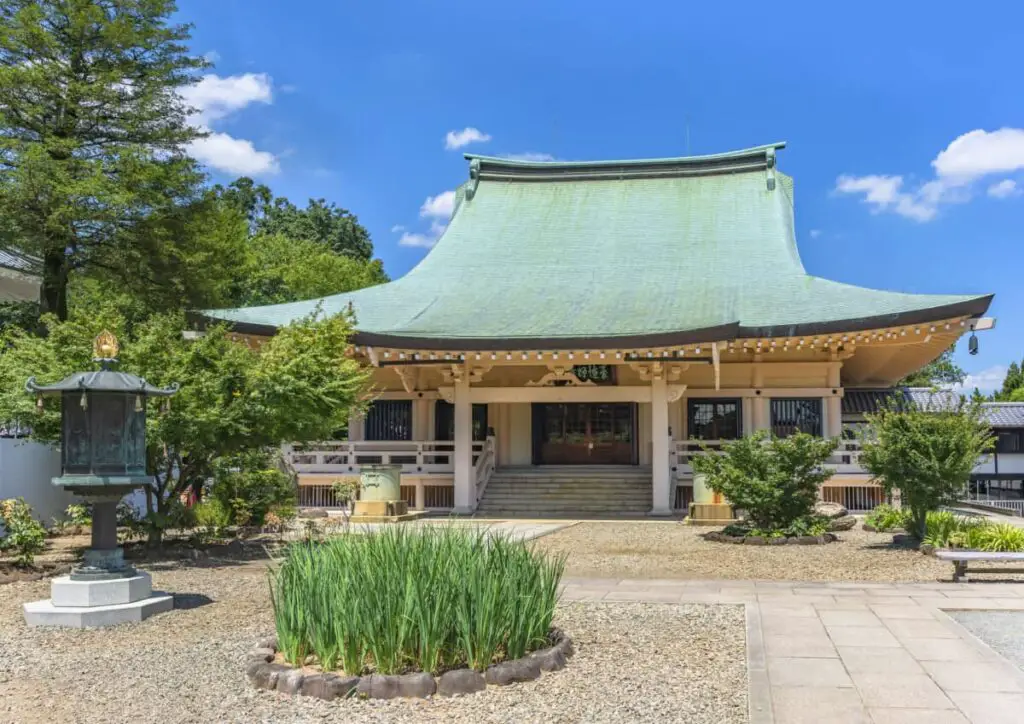
- Best Time: Anytime
- Pros: Famous cat statues; tranquil.
- Cons: Distance from central Tokyo.
- Worst Time: None
38. Japanese Sword Museum
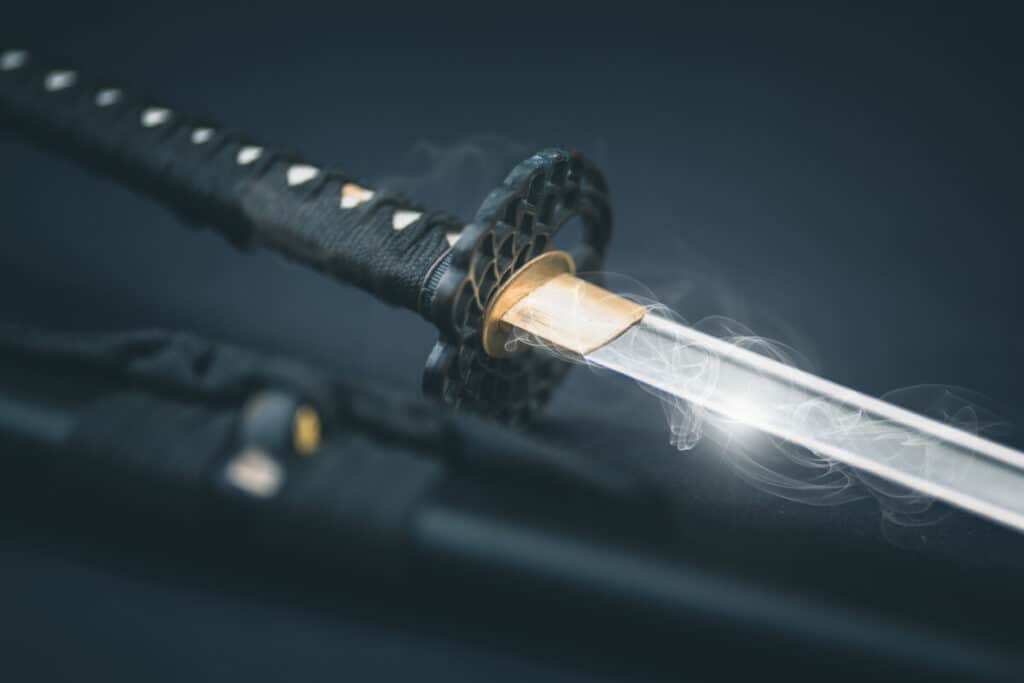
- Best Time: Weekdays
- Pros: Historical swords; cultural insight.
- Cons: Limited English information.
- Worst Time: Weekends (more crowded)
39. Tokyo Trick Art Museum
- Best Time: Weekdays
- Pros: Fun optical illusions; family-friendly.
- Cons: Can be crowded.
- Worst Time: Weekends (more crowded)
40. Todoroki Valley
- Best Time: Anytime; spring and autumn
- Pros: Natural oasis in the city; hiking.
- Cons: None.
- Worst Time: None
41. Fukagawa Edo Museum
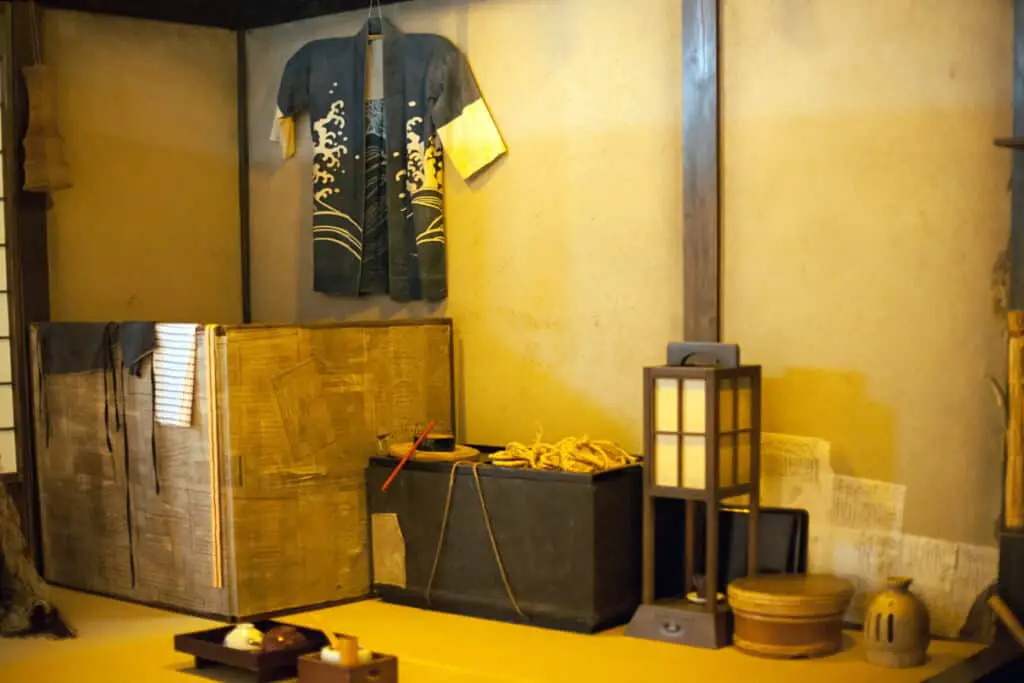
- Best Time: Anytime
- Pros: Edo-period replica town; immersive.
- Cons: Small; limited English information.
- Worst Time: None
42. Tokyo Camii Mosque
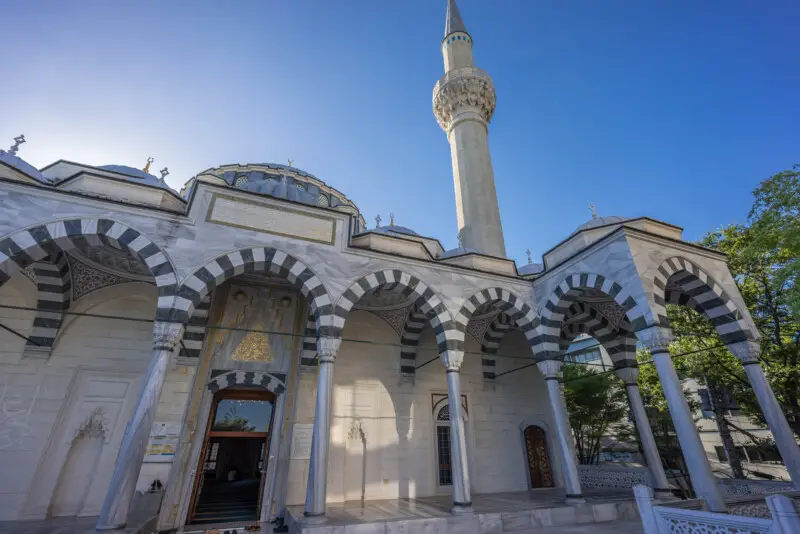
- Best Time: Outside prayer times
- Pros: Architectural beauty; cultural insight.
- Cons: Respectful behavior required; limited access during prayer.
- Worst Time: During prayer times
43. Shinobazu Pond
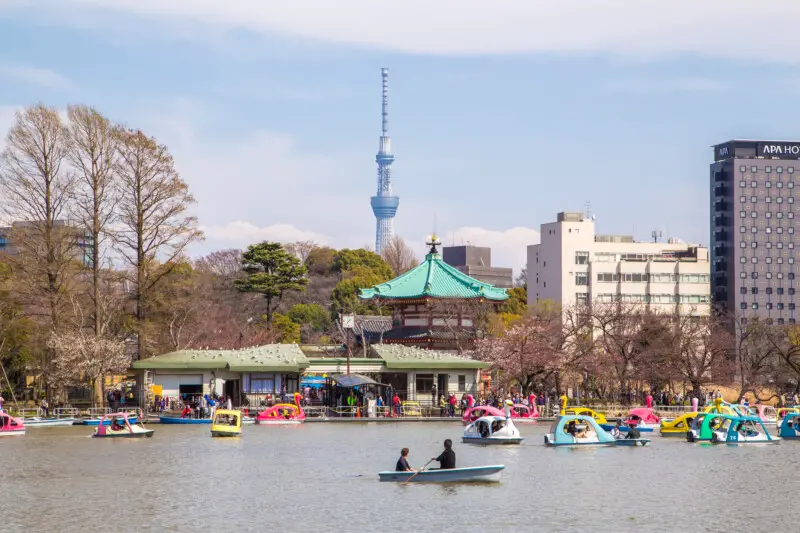
- Best Time: Spring and autumn
- Pros: Scenic pond; birdwatching; boating.
- Cons: Can be crowded.
- Worst Time: None
44. Sengaku-ji Temple
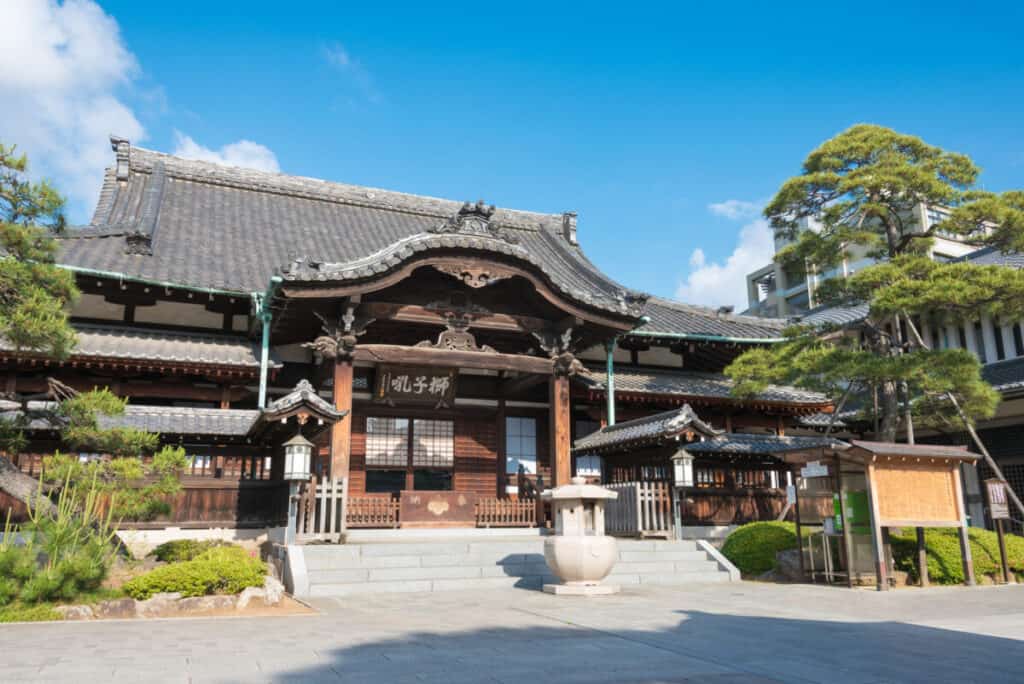
- Best Time: Anytime
- Pros: Historical significance; 47 Ronin graves.
- Cons: None.
- Worst Time: None
45. Happy Pancake Omotesando
- Best Time: Weekdays; off-peak hours
- Pros: Fluffy pancakes; trendy cafe.
- Cons: Long waits; small space.
- Worst Time: Weekends; peak meal times
46. Tokyo One Piece Tower
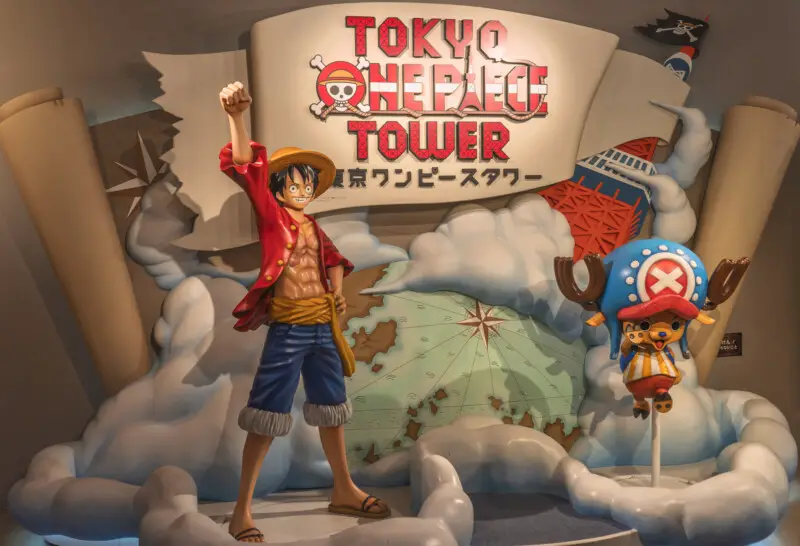
- Best Time: Weekdays
- Pros: One Piece-themed attractions; for fans of the manga/anime.
- Cons: Mostly appealing to fans; can be crowded.
- Worst Time: Weekends (more crowded)
This list covers a wide variety of attractions and experiences in Tokyo, ranging from the unique and quirky to the historical and cultural.
Each offers a distinct taste of the city, with factors such as crowd levels, weather, and personal interests shaping the best times to visit.
Whether you’re an anime enthusiast, a nature lover, or a foodie, Tokyo’s diverse attractions ensure there’s something for everyone. Make sure to plan ahead and consider the specific aspects of each experience to maximize your enjoyment!
list of official websites or relevant links for some of the attractions mentioned:
- Robot Restaurant
- Mario Karting in the city – Street Kart
- Owl Cafes – Owl Cafe Harajuku
- Fish Market at Toyosu
- Kawaii Monster Cafe
- Tokyo Dome
- Omoide Yokocho
- Japanese Tea Ceremony Experiences – Tea Ceremony Ju-An
- Cooking Classes – Tokyo Cook
- Nakano Broadway
- Edo-Tokyo Open Air Architectural Museum
- Odaiba Unicorn Gundam Statue
- Bunkyo Civic Center Observation Deck
- Mt. Takao
- Cat Cafes – Cat Cafe MoCHA
- Joypolis
- Togoshi Ginza
- VenusFort
- Legoland Discovery Center
- Tokyo Metropolitan Government Building
- Jindai Botanical Gardens
- Sanrio Puroland
- Koishikawa Korakuen
- Edo Onsen Monogatari
- Epson Aqua Stadium Shinagawa
- Tokyo Helicopter Tour
- Suginami Animation Museum
- Tokyo Ramen Street
- Anata no Warehouse
- Sunshine City
- Tokyo Disneyland & Tokyo DisneySea
- Miraikan Museum
- Tokyo Sea Life Park
- Meguro Parasitological Museum
- Gotokuji Temple
- Japanese Sword Museum
- Tokyo Trick Art Museum
- Todoroki Valley
- Fukagawa Edo Museum
- Tokyo Camii Mosque
- Shinobazu Pond
- Sengaku-ji Temple
- Happy Pancake Omotesando
- Tokyo One Piece Tower

